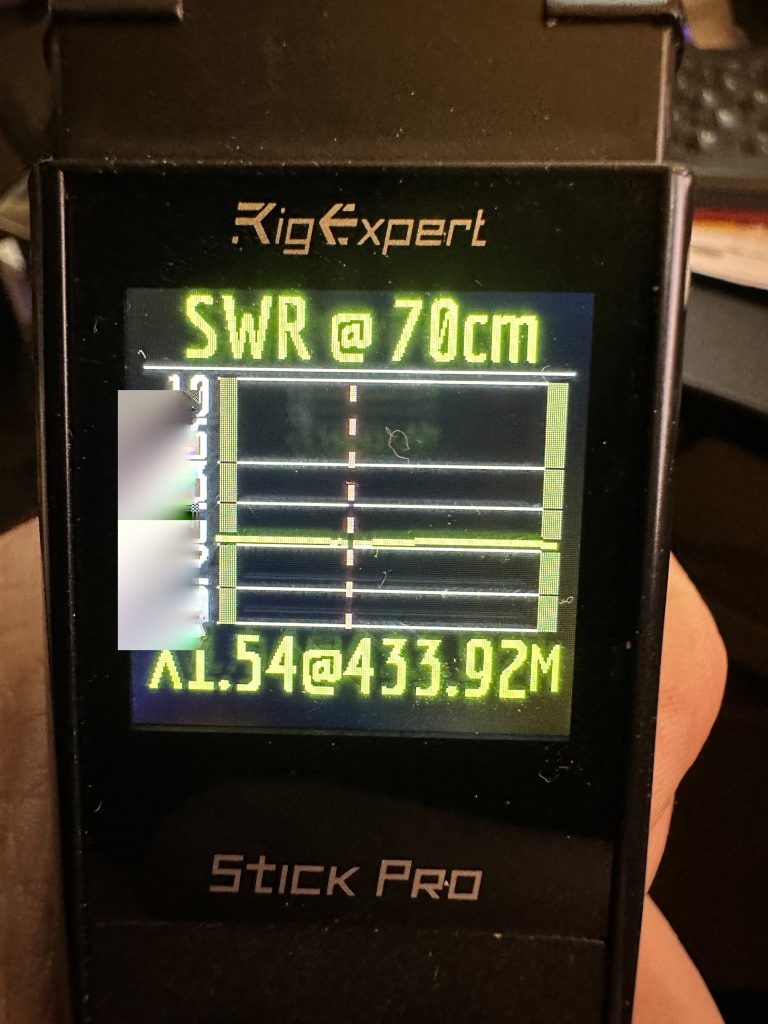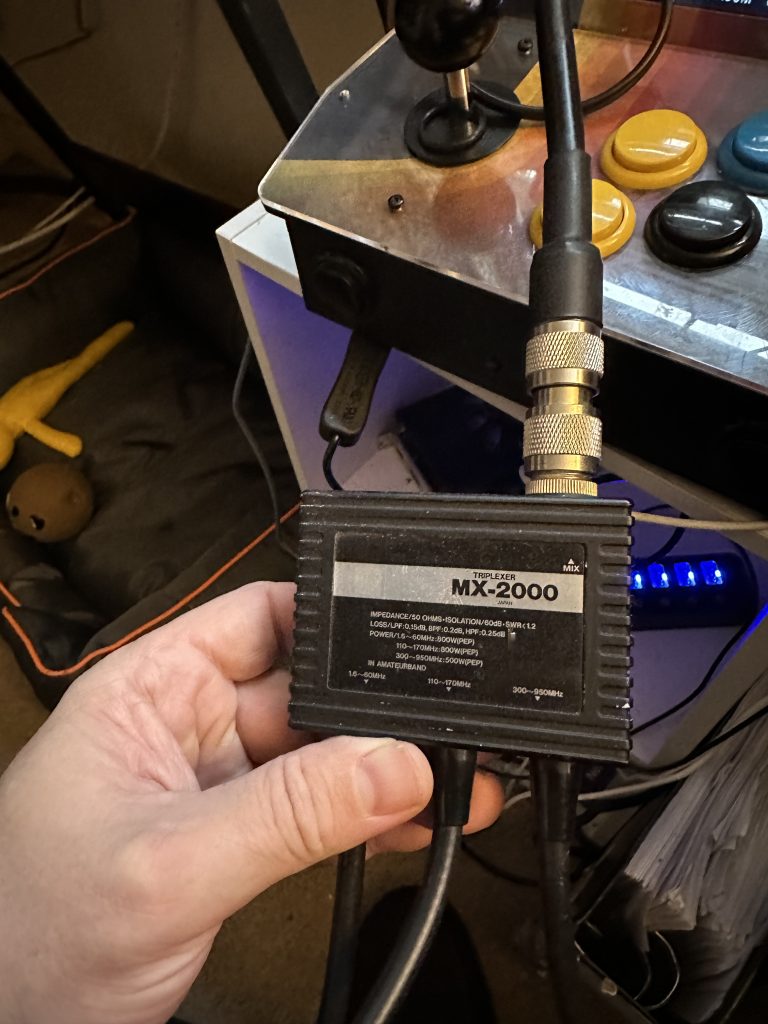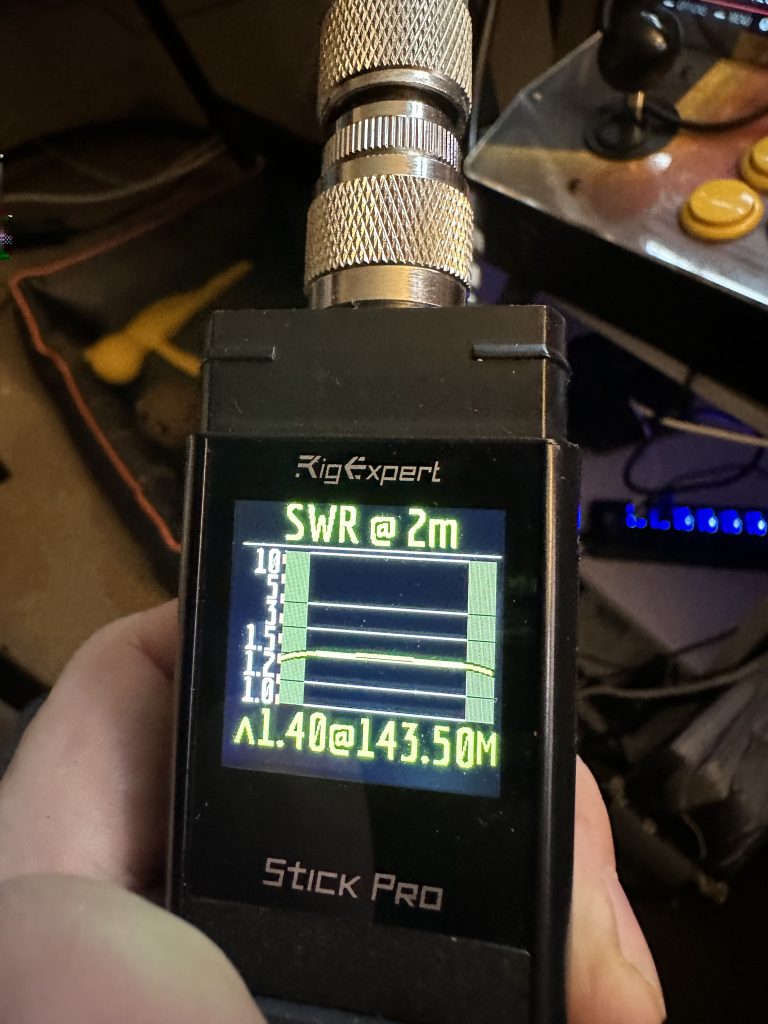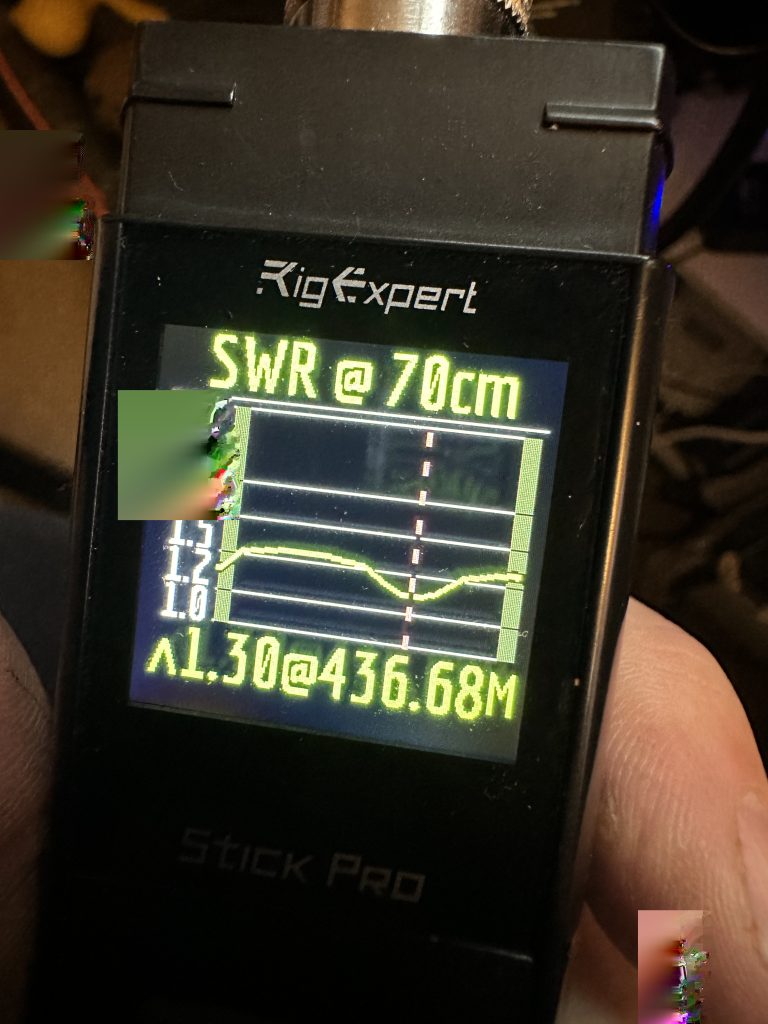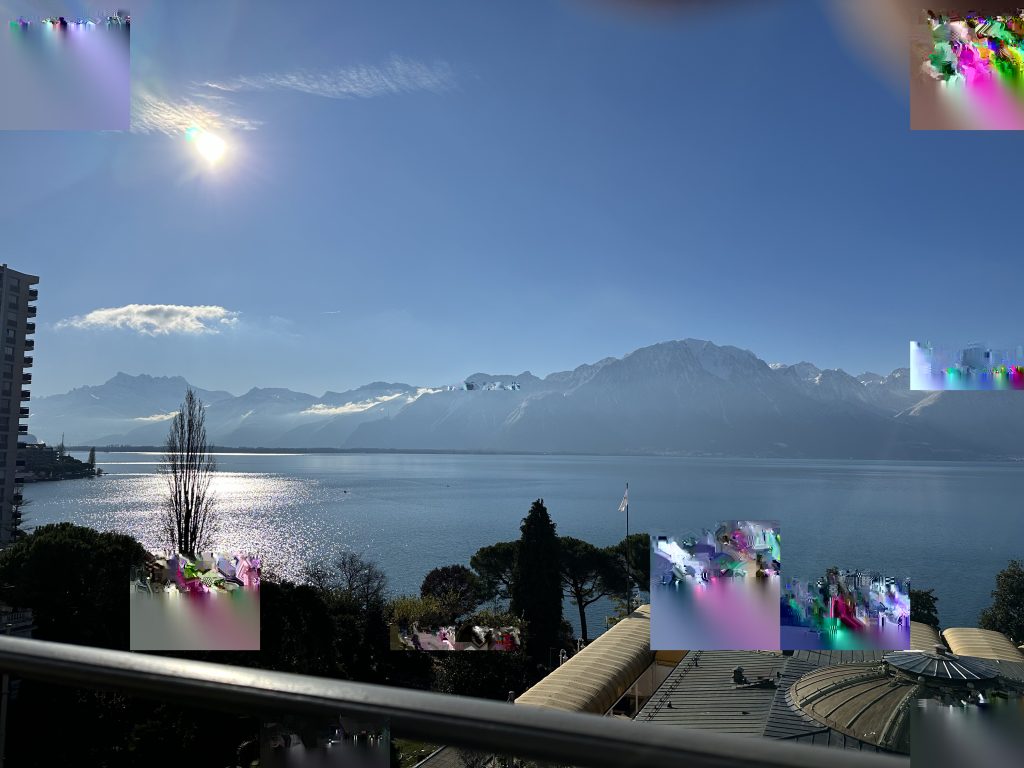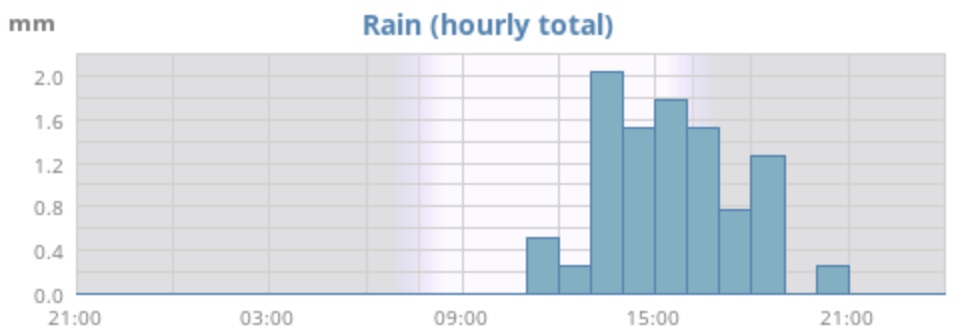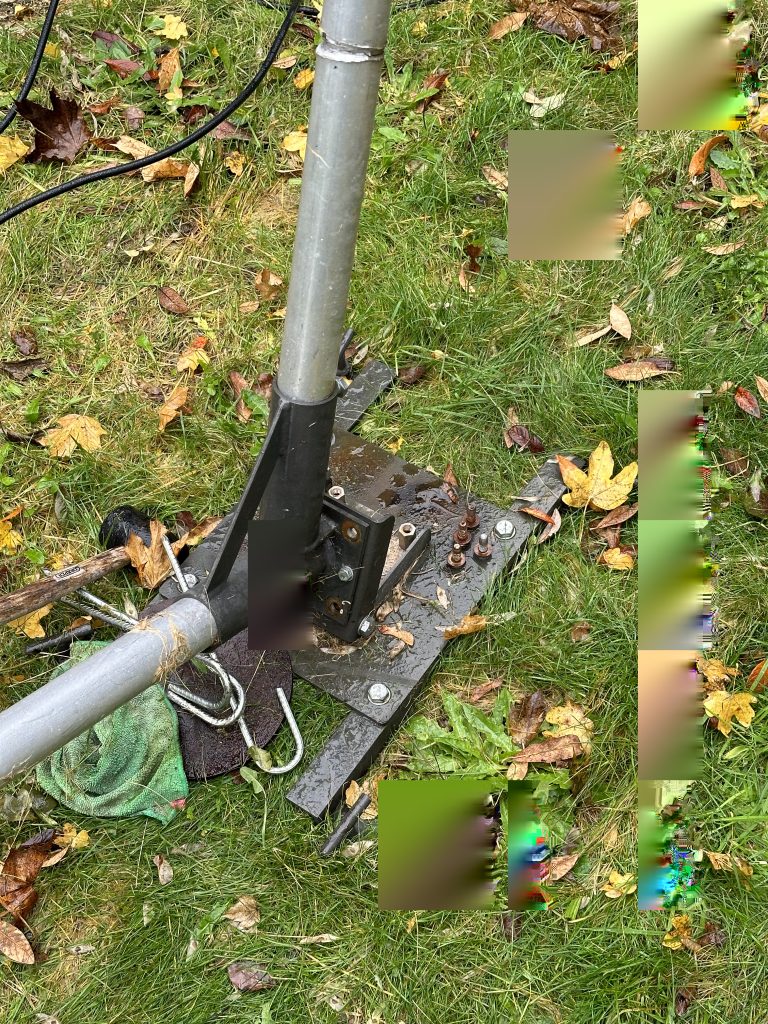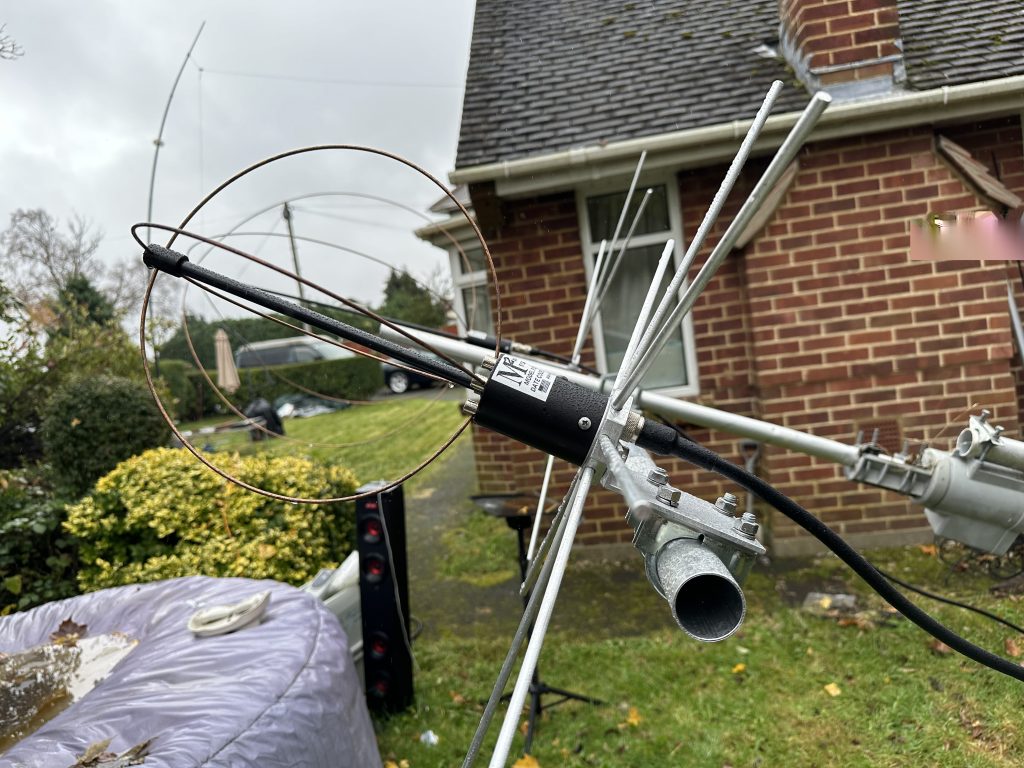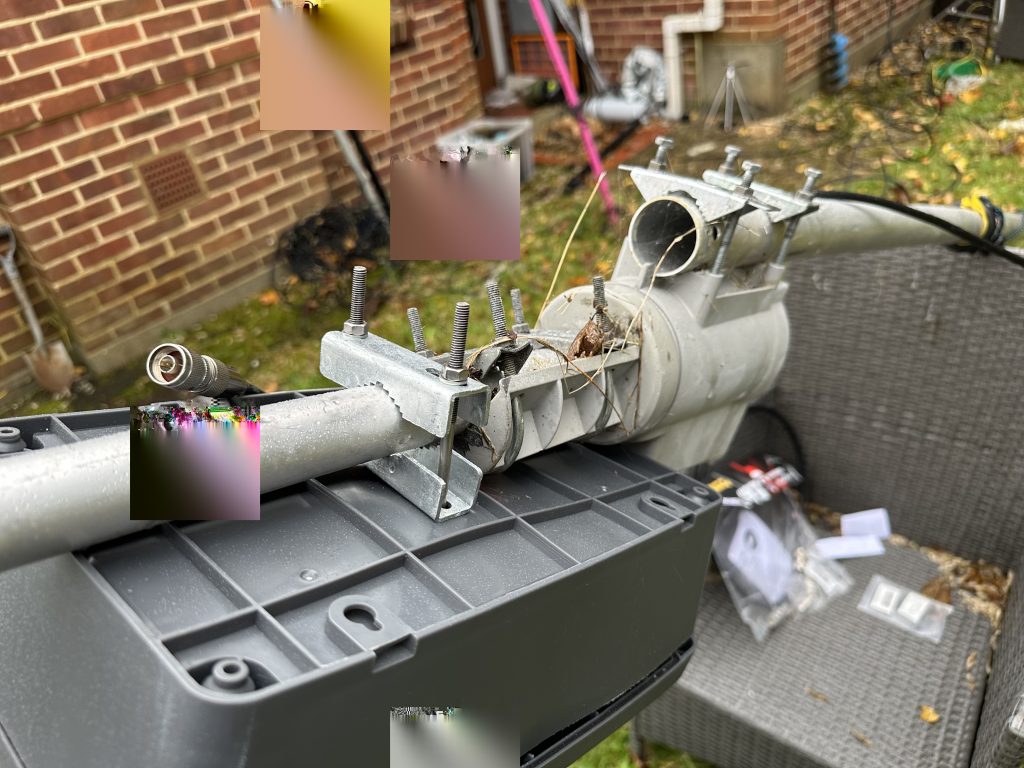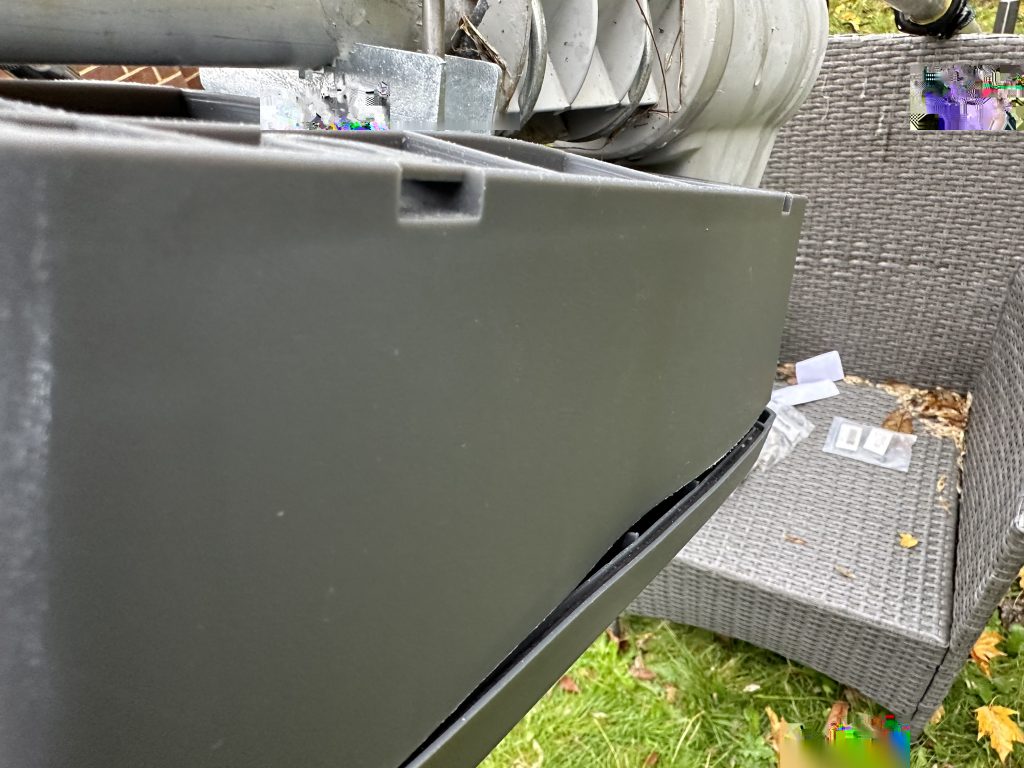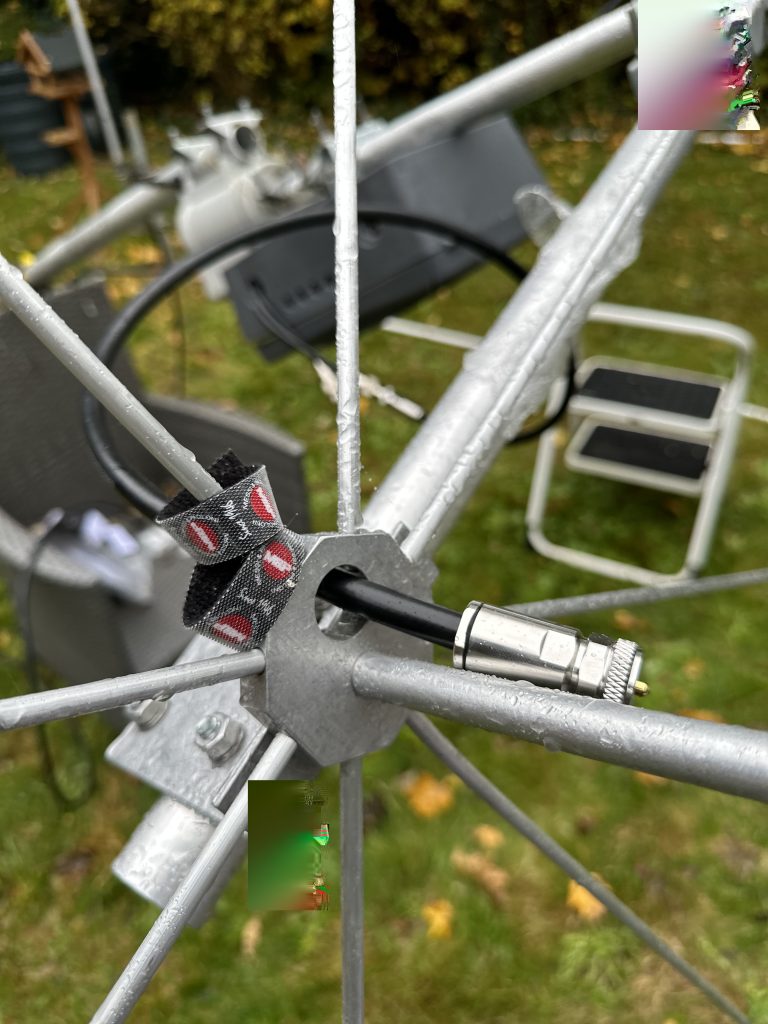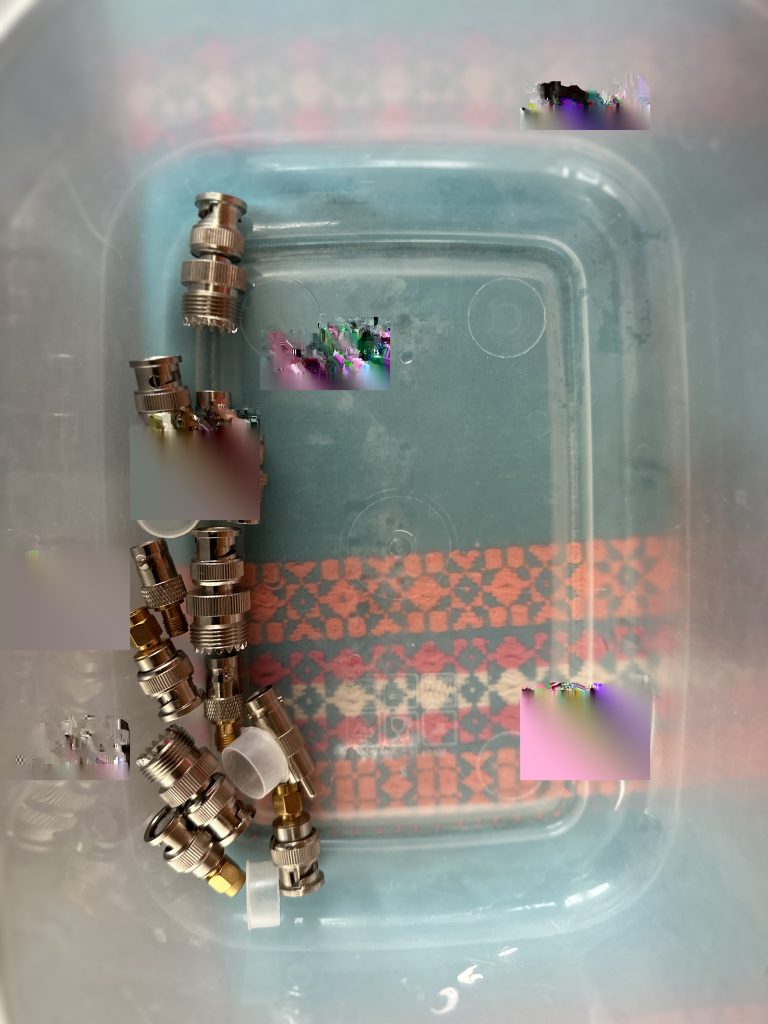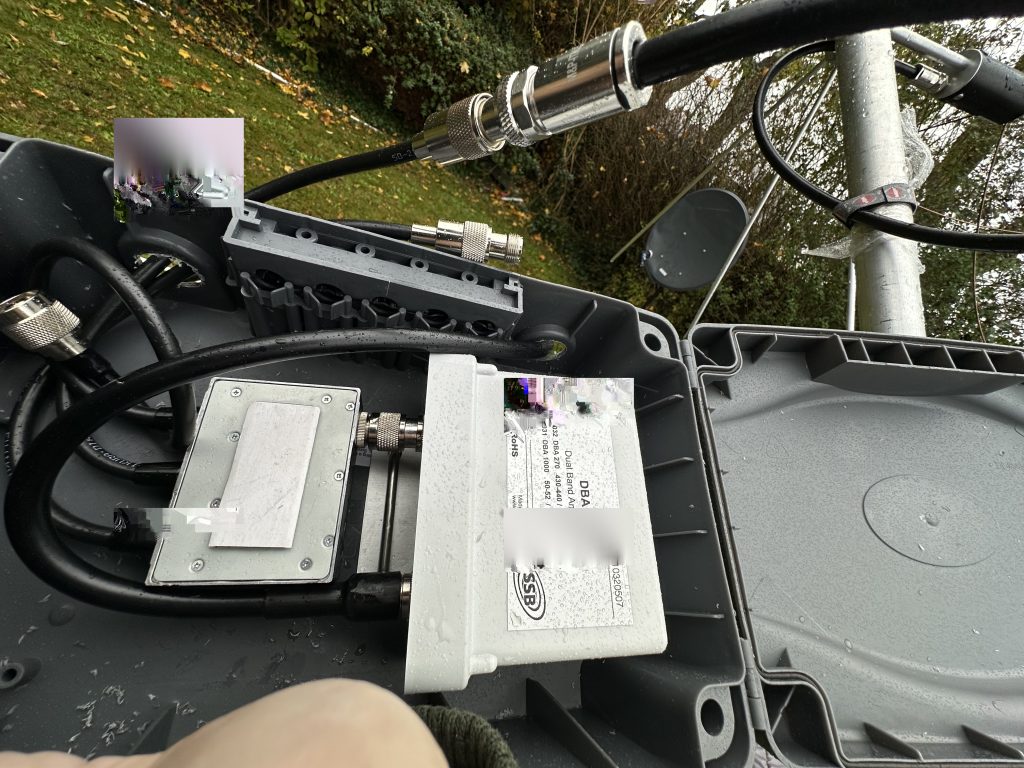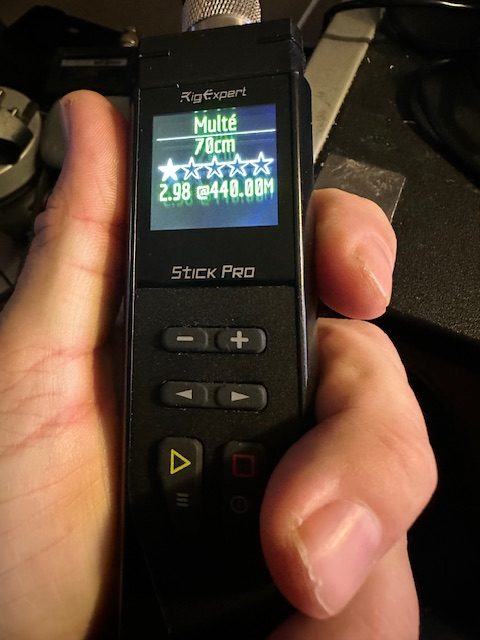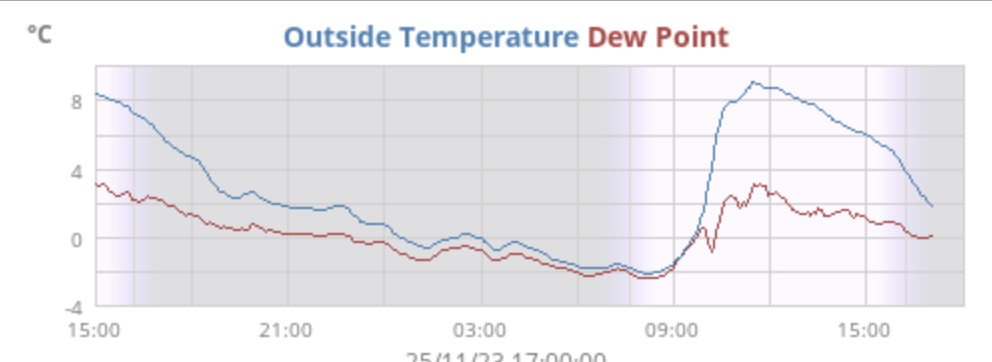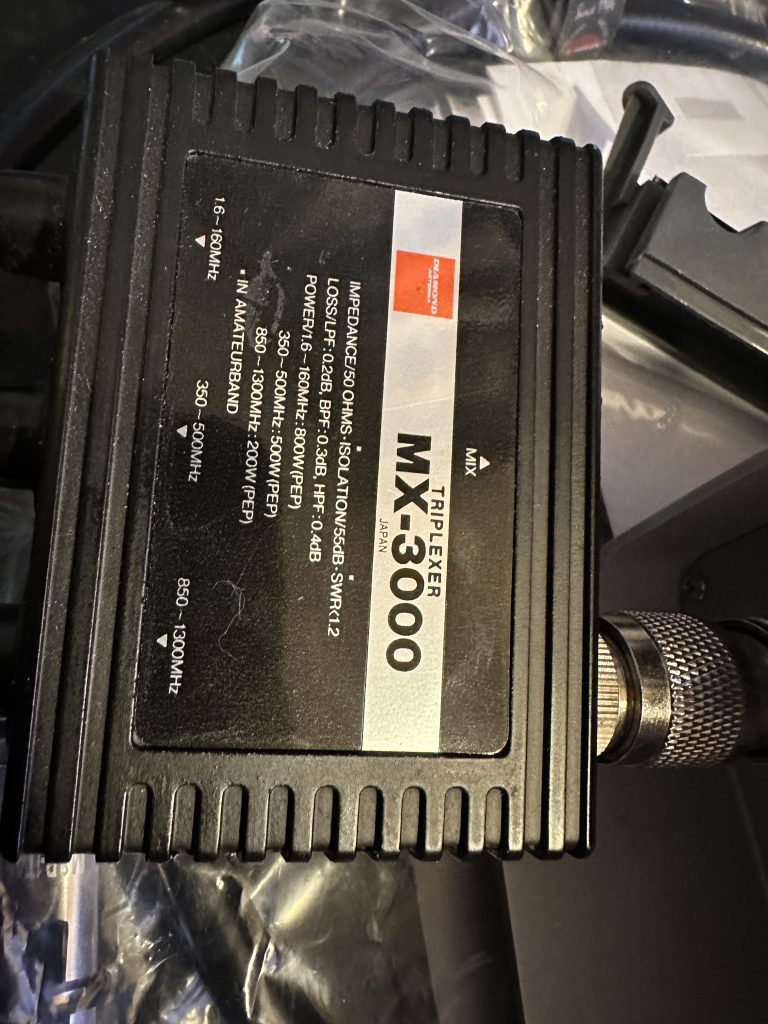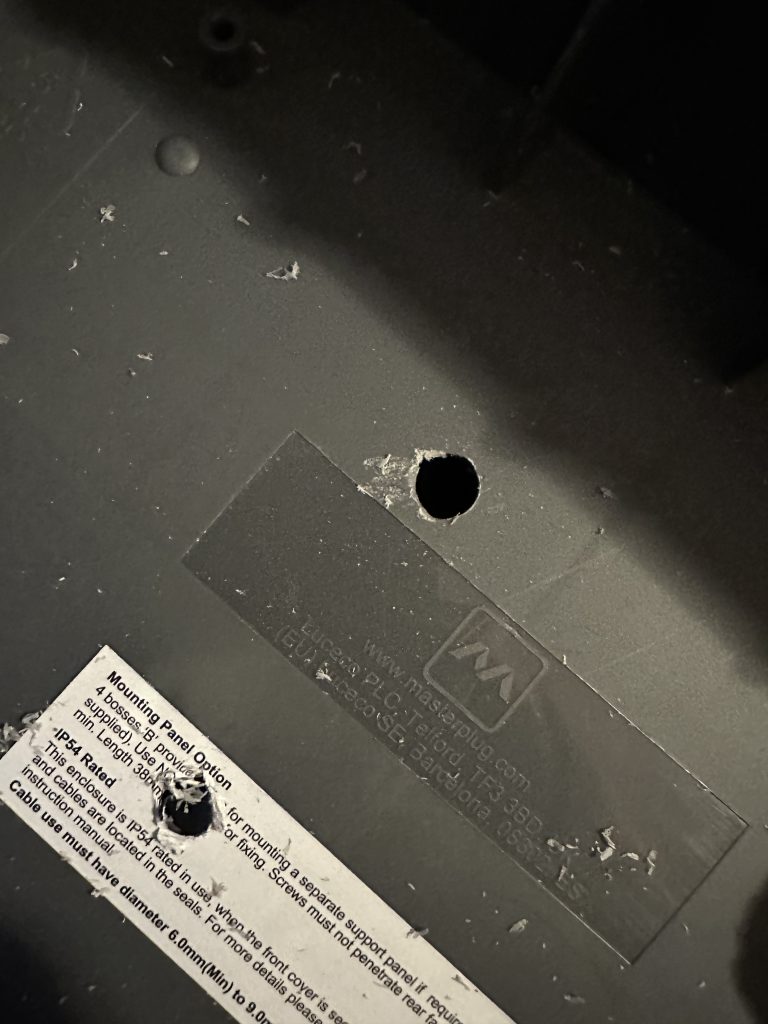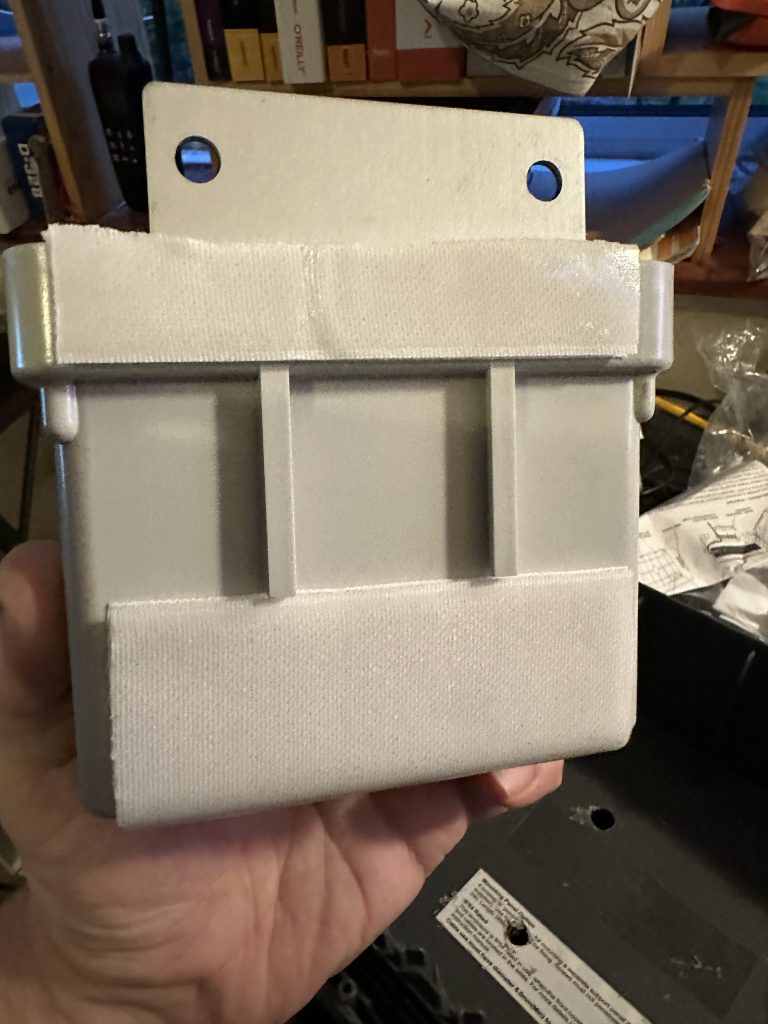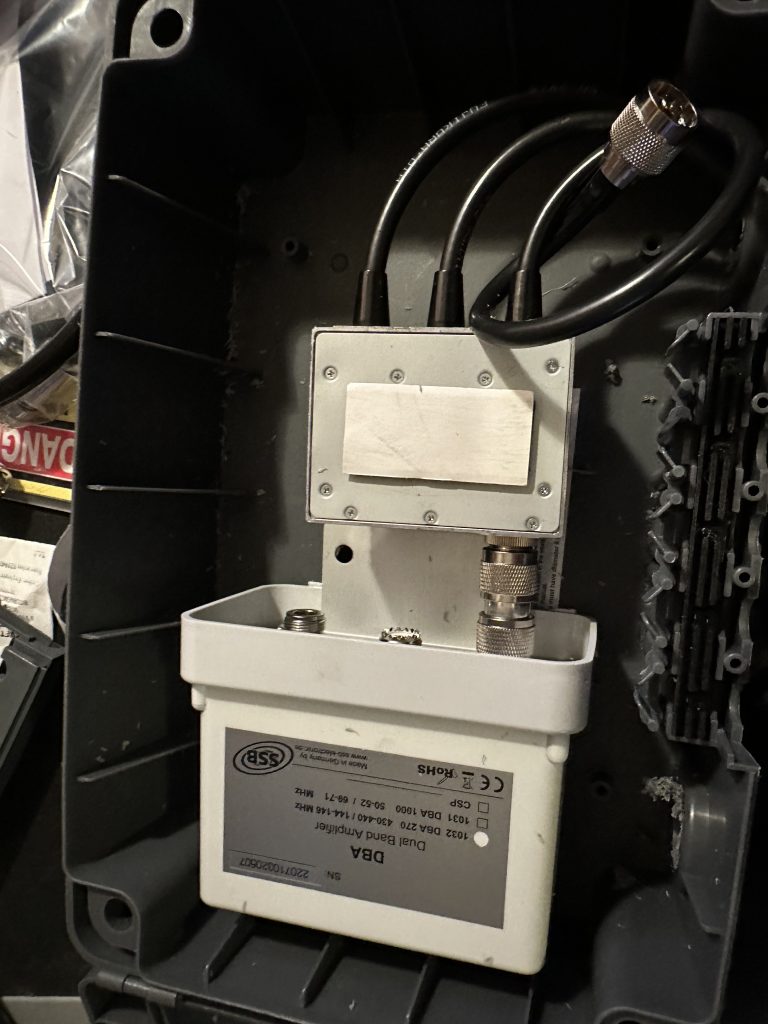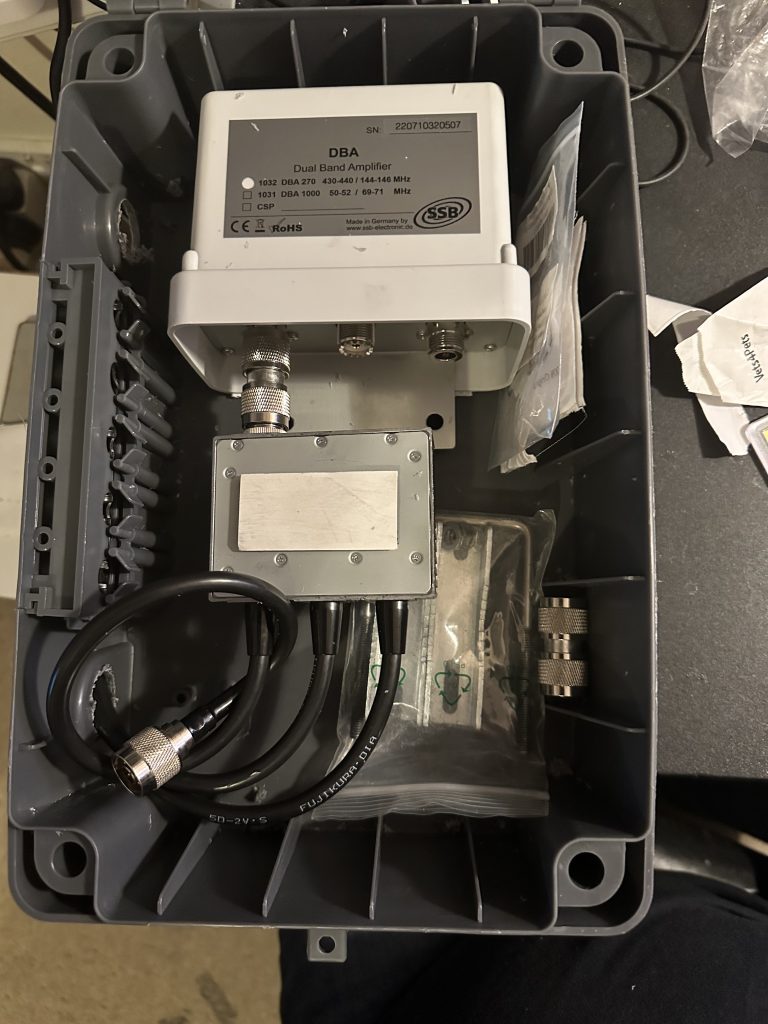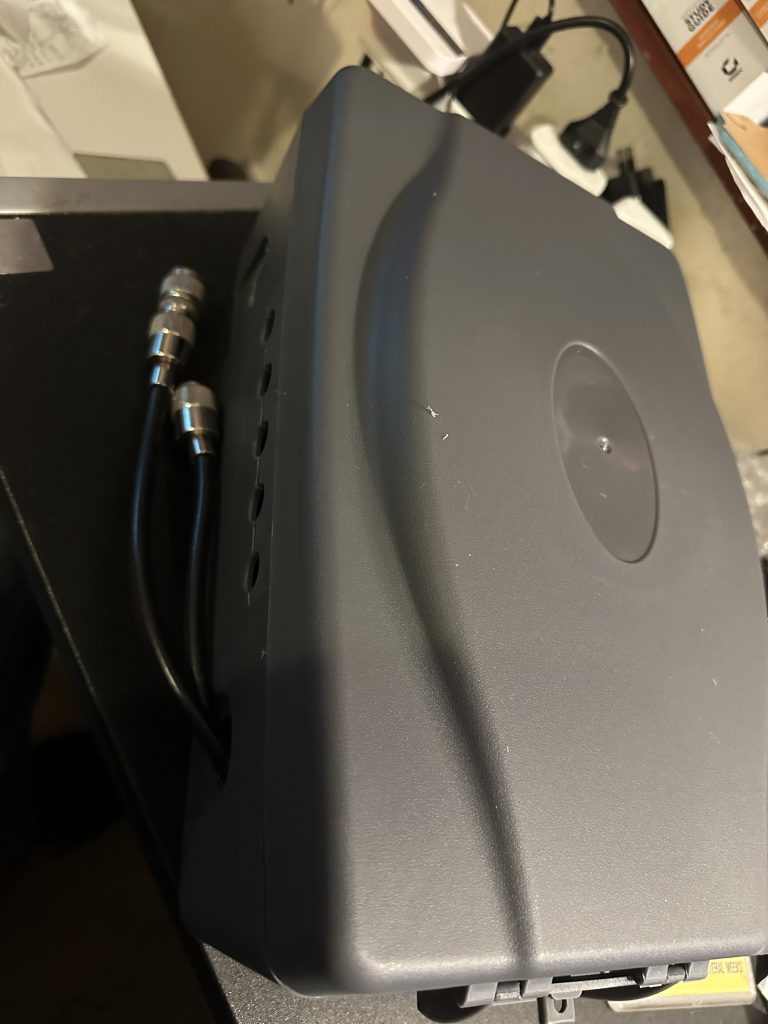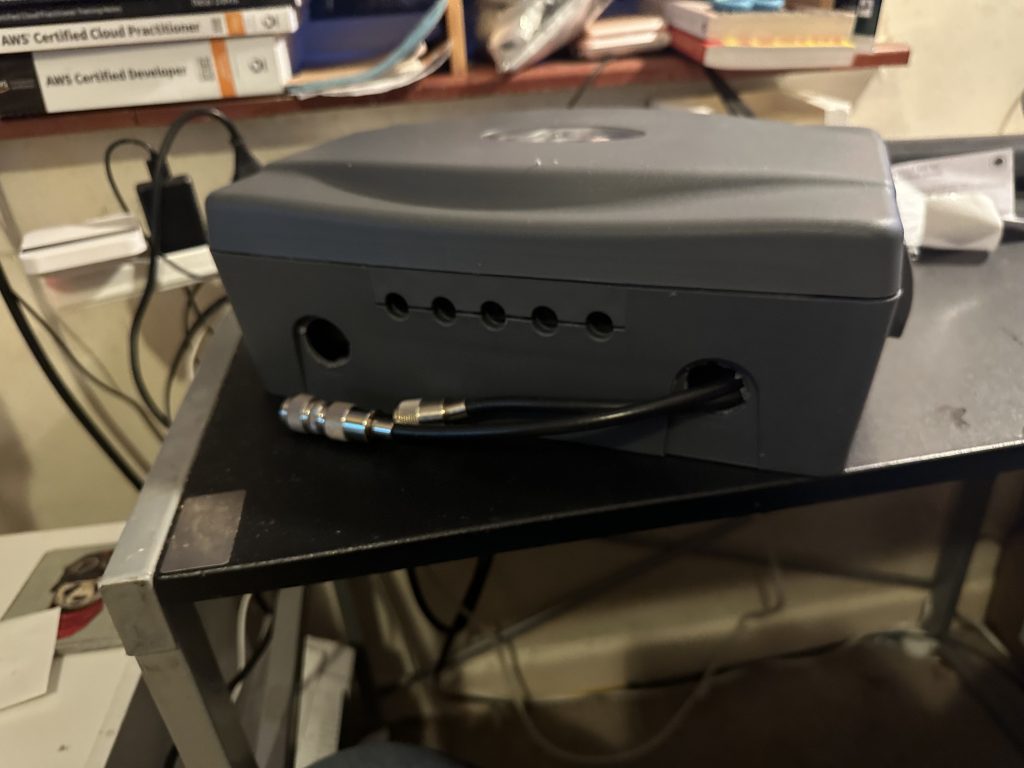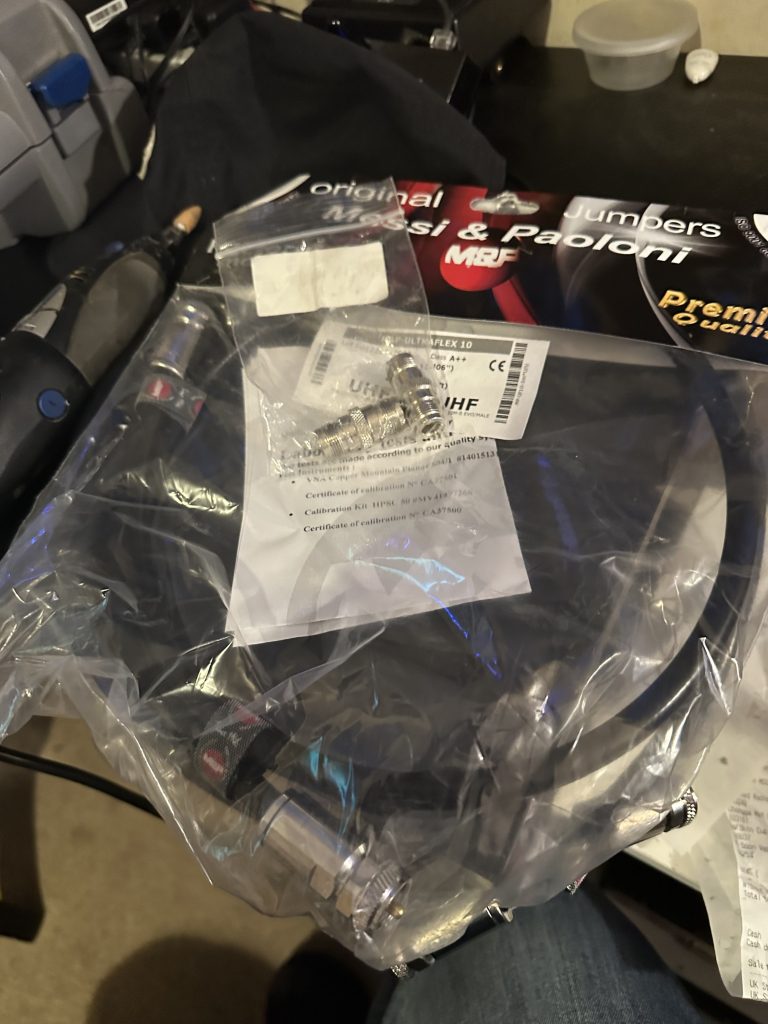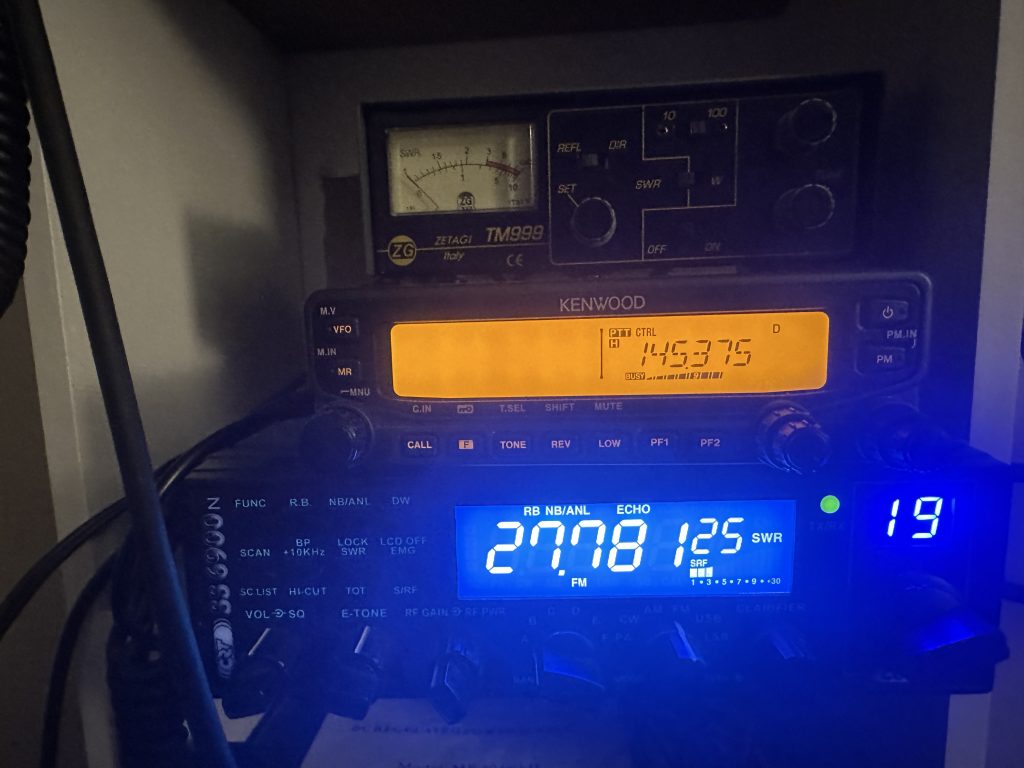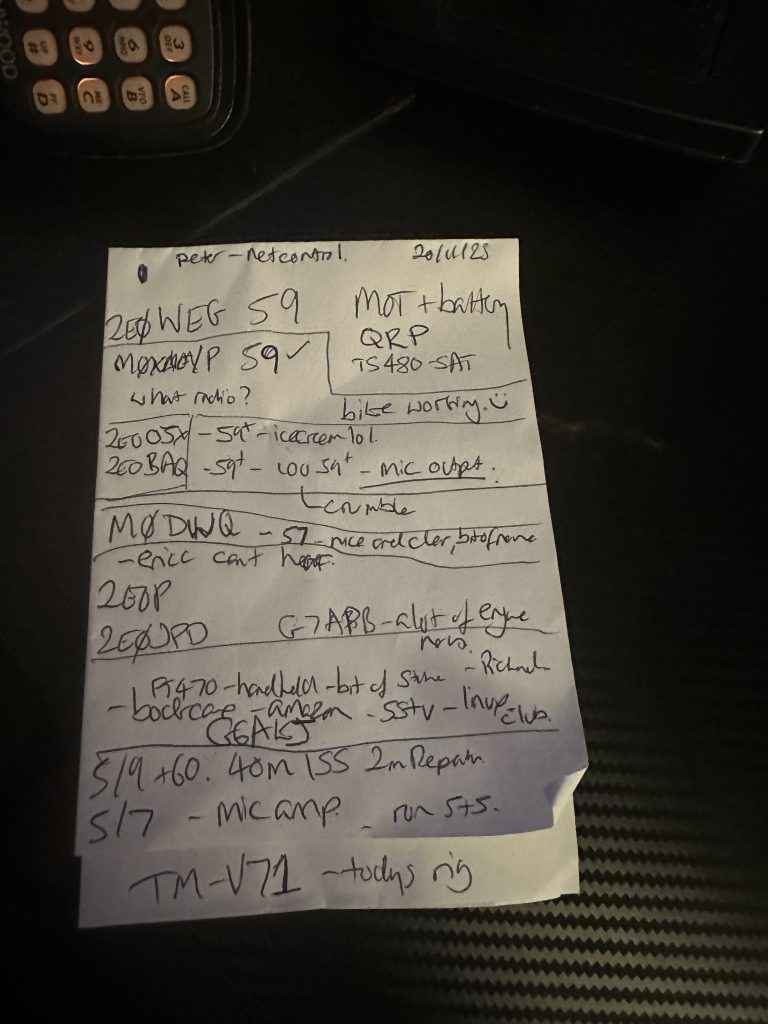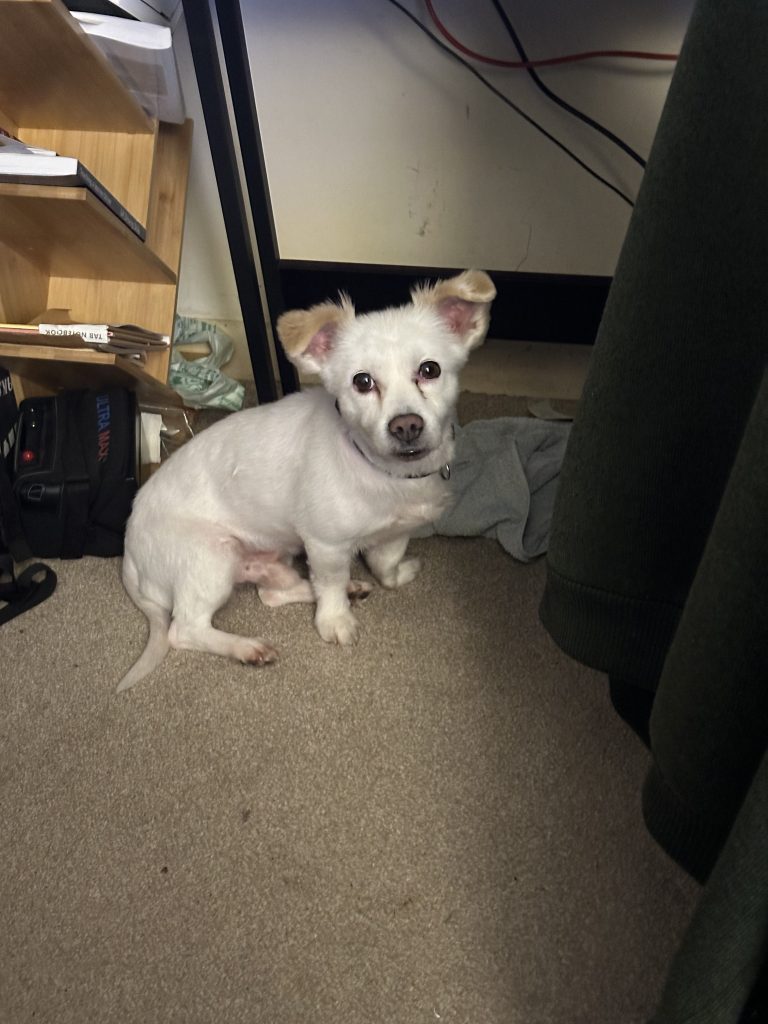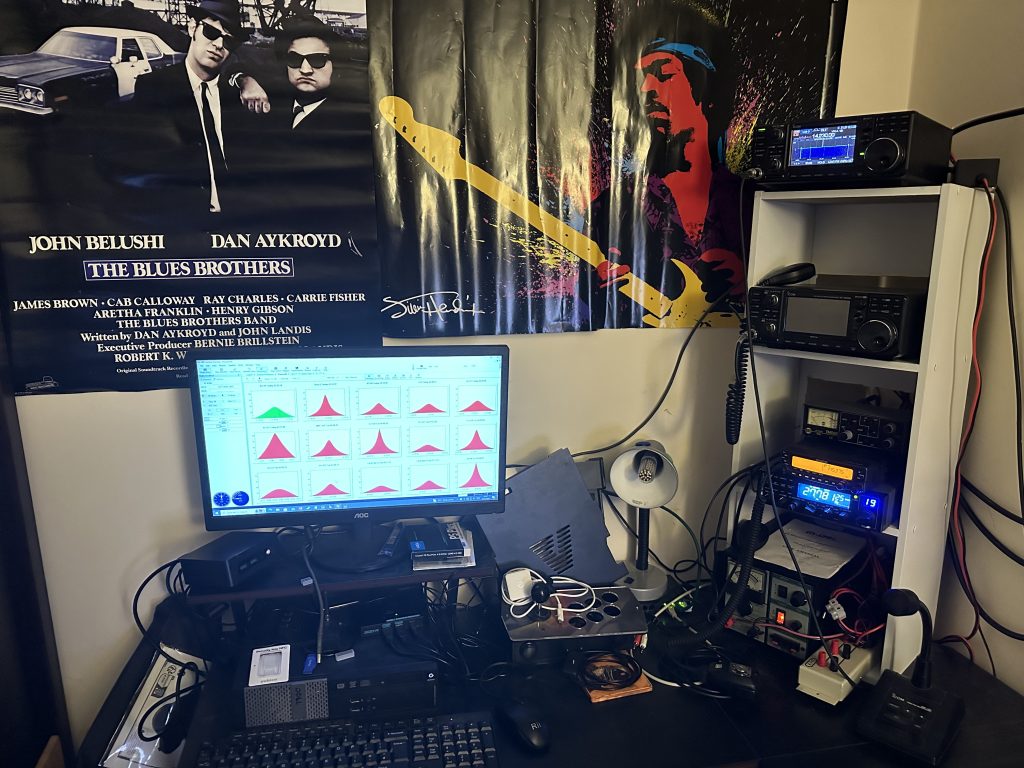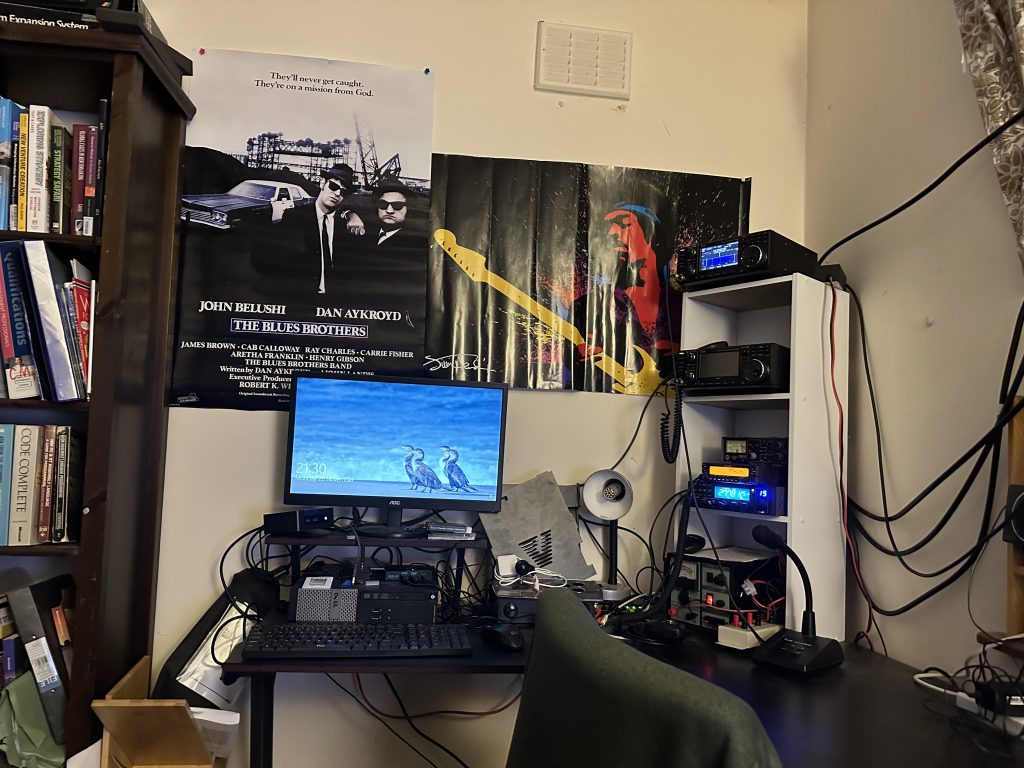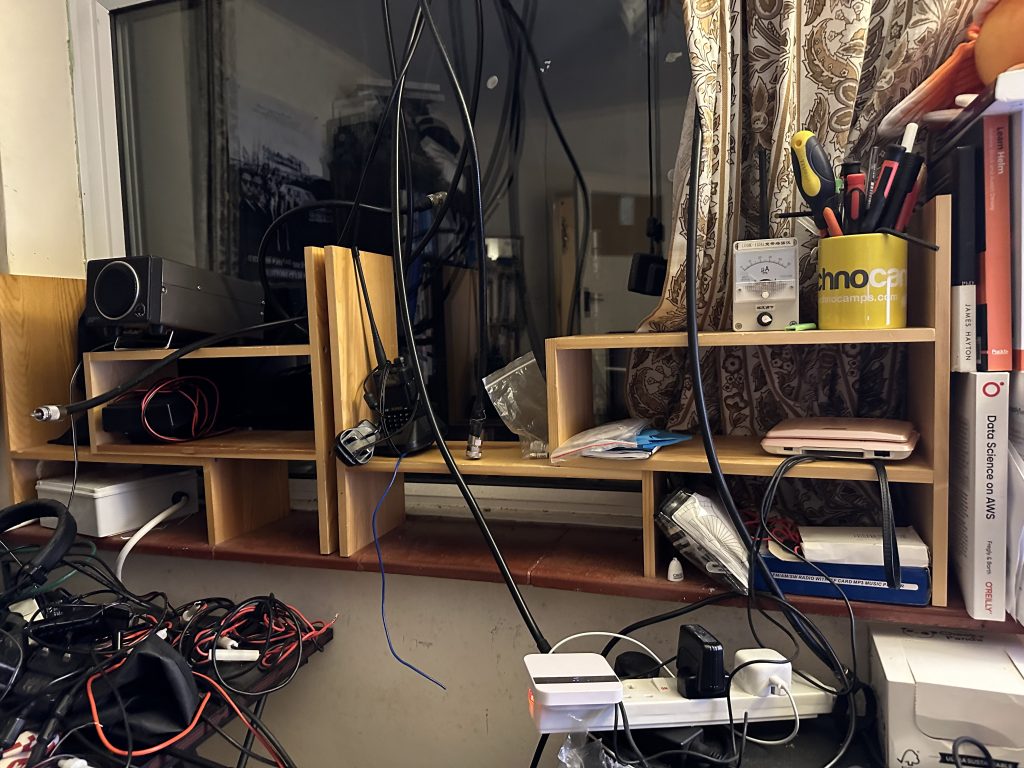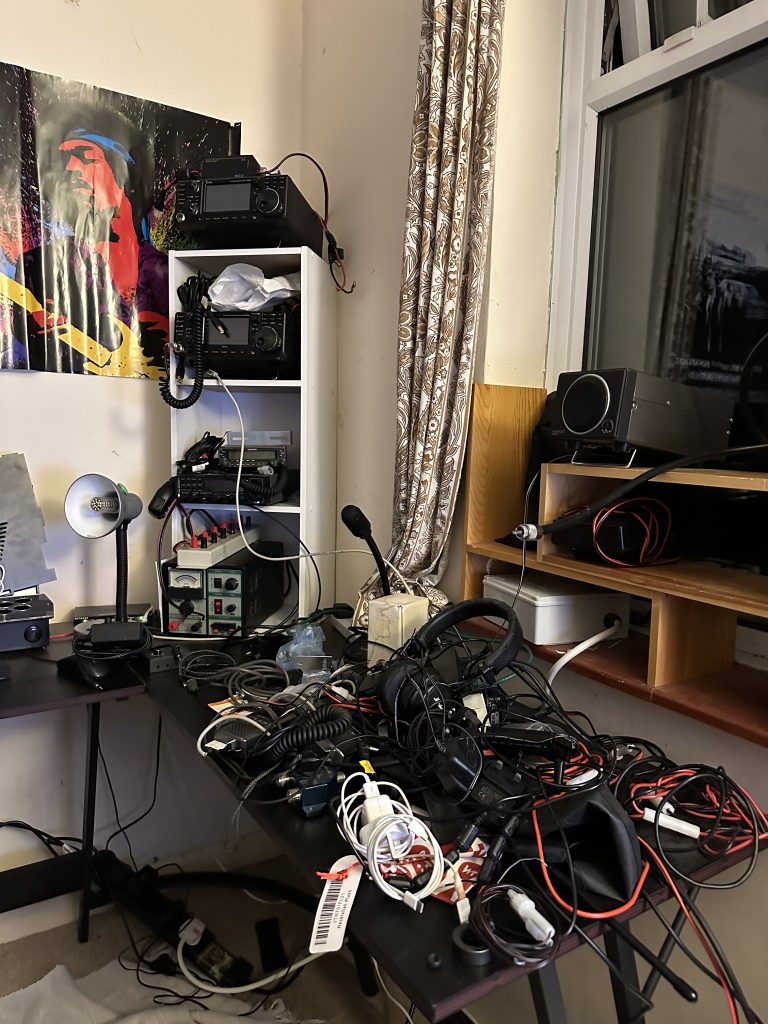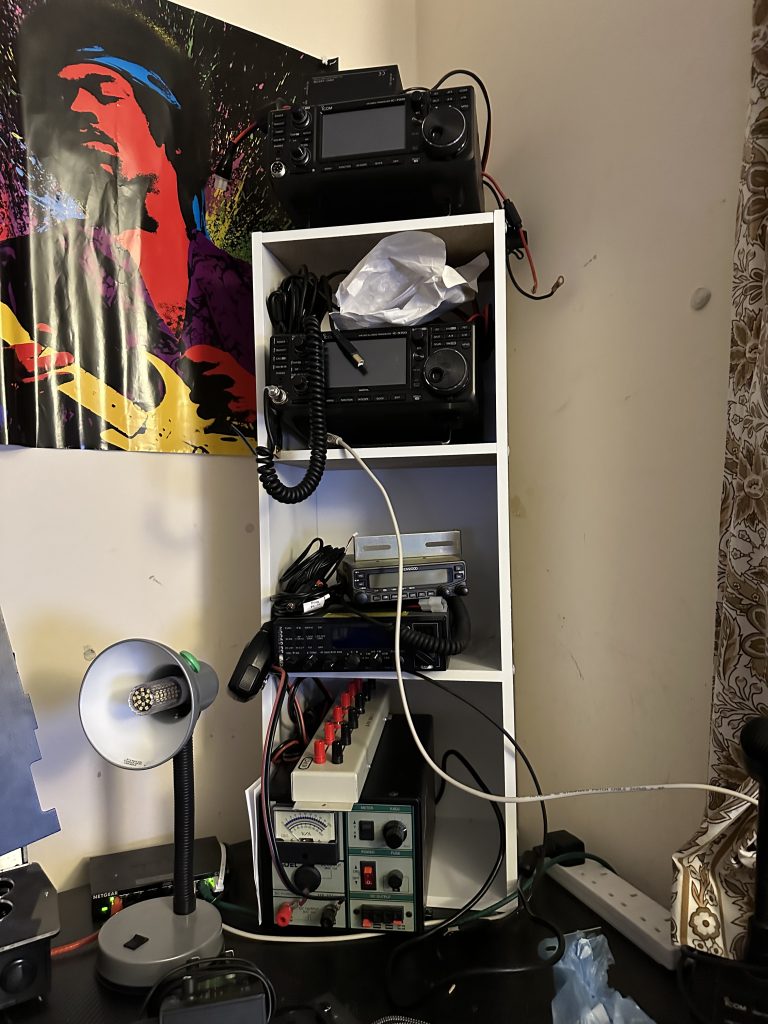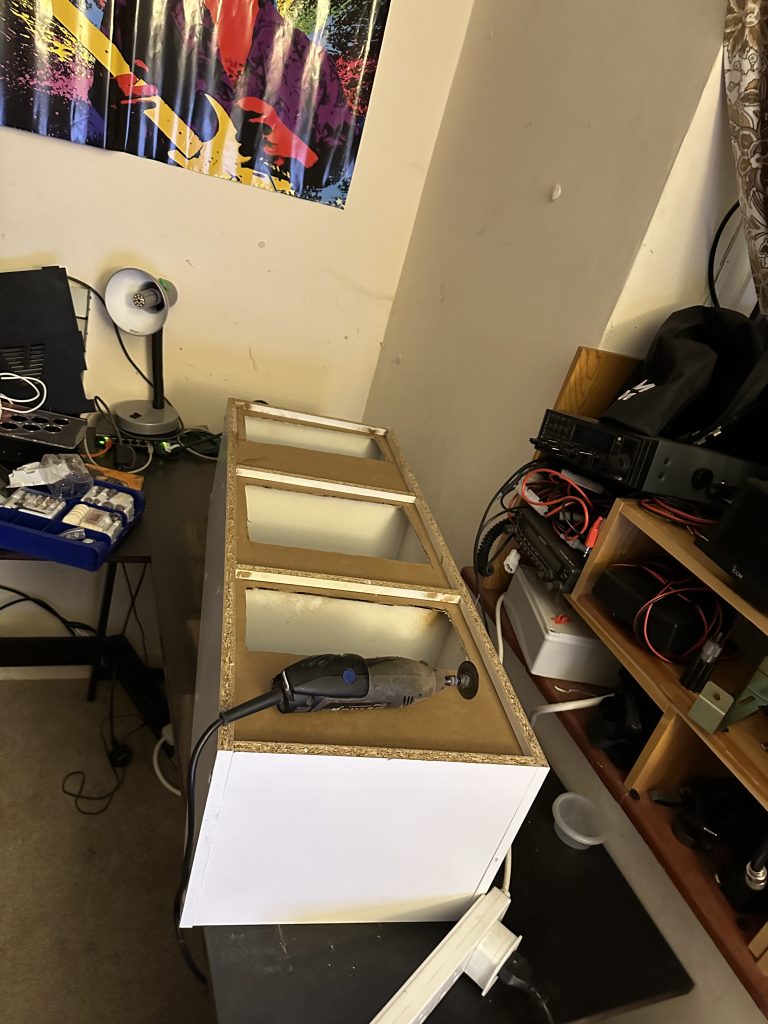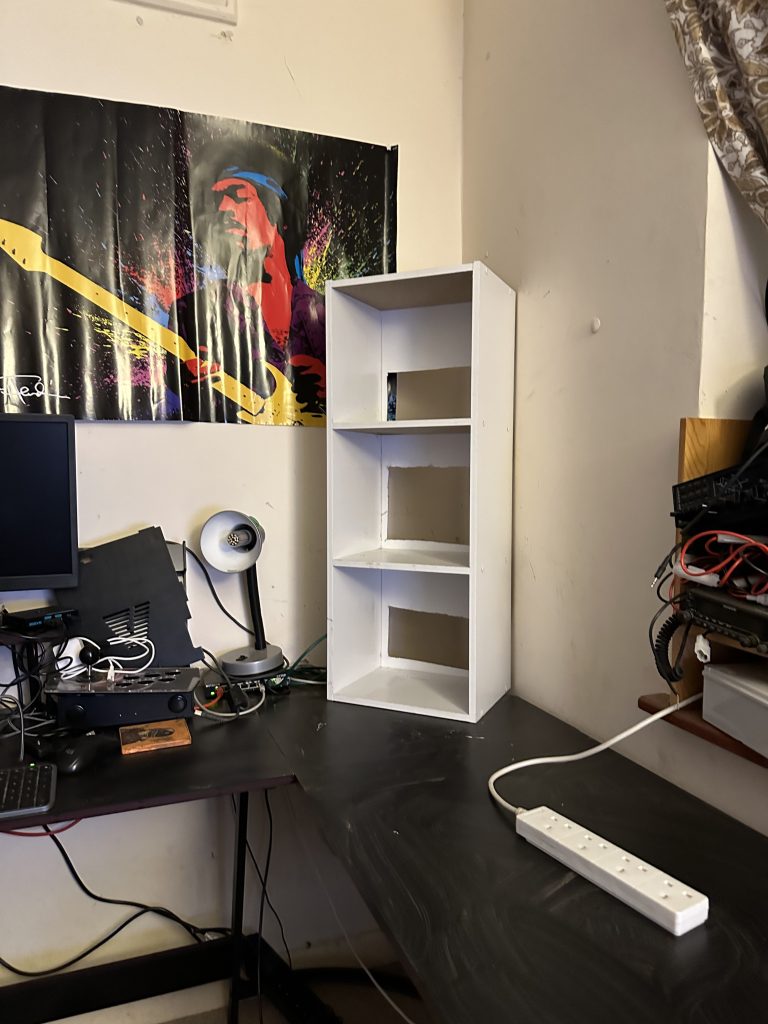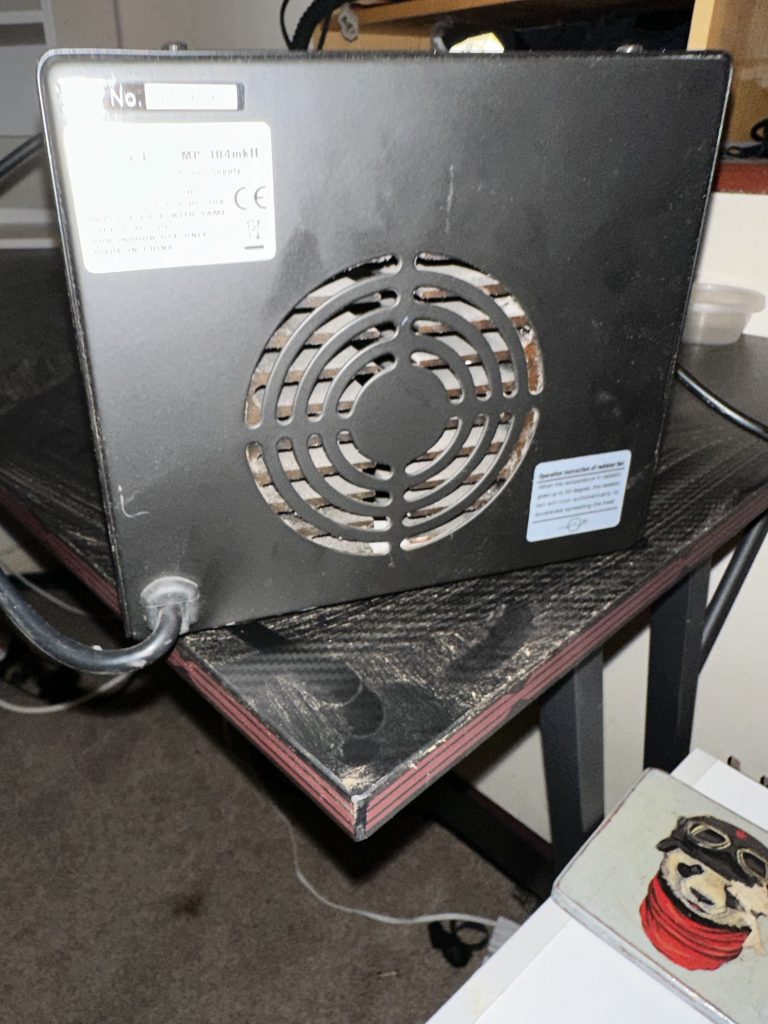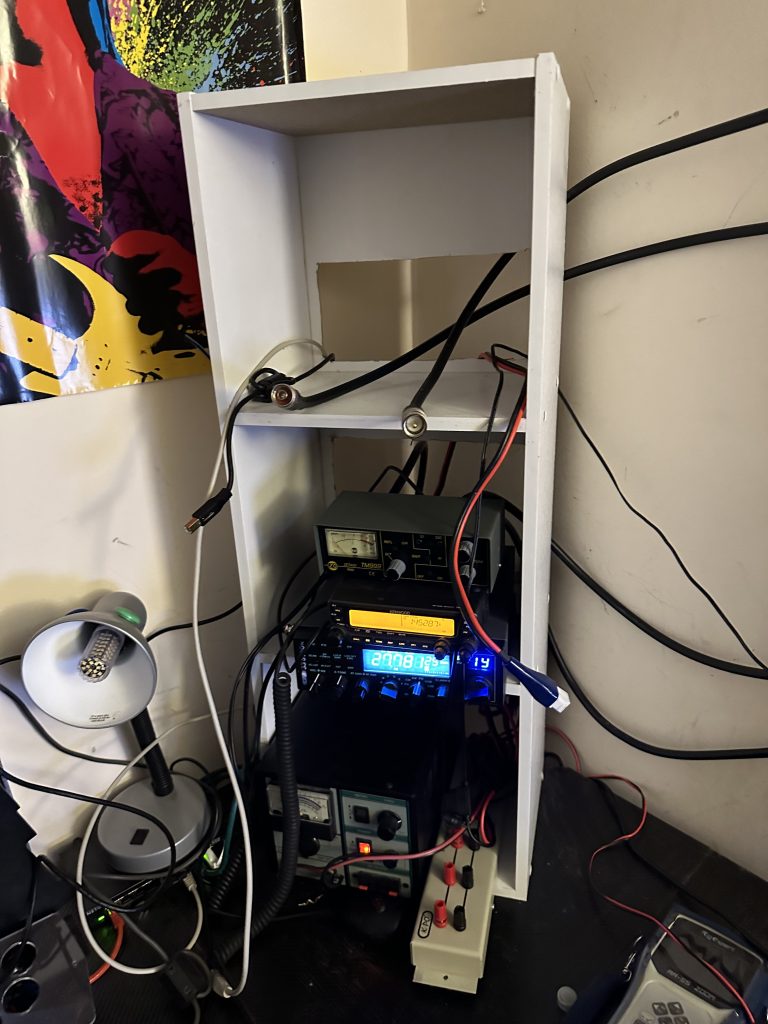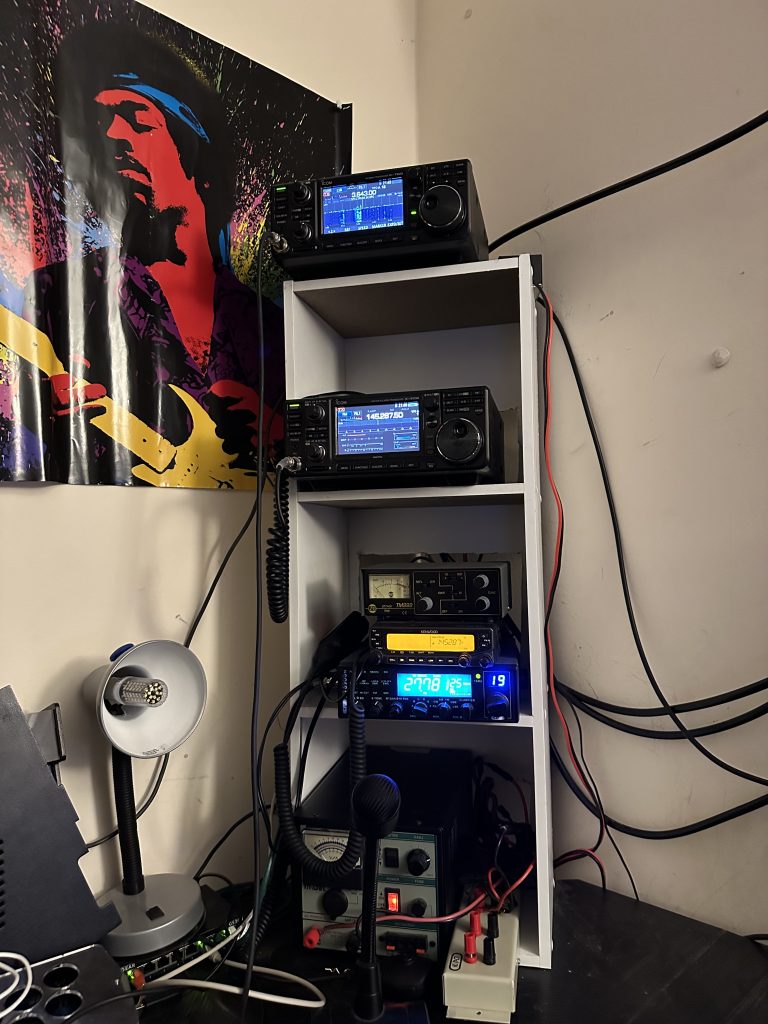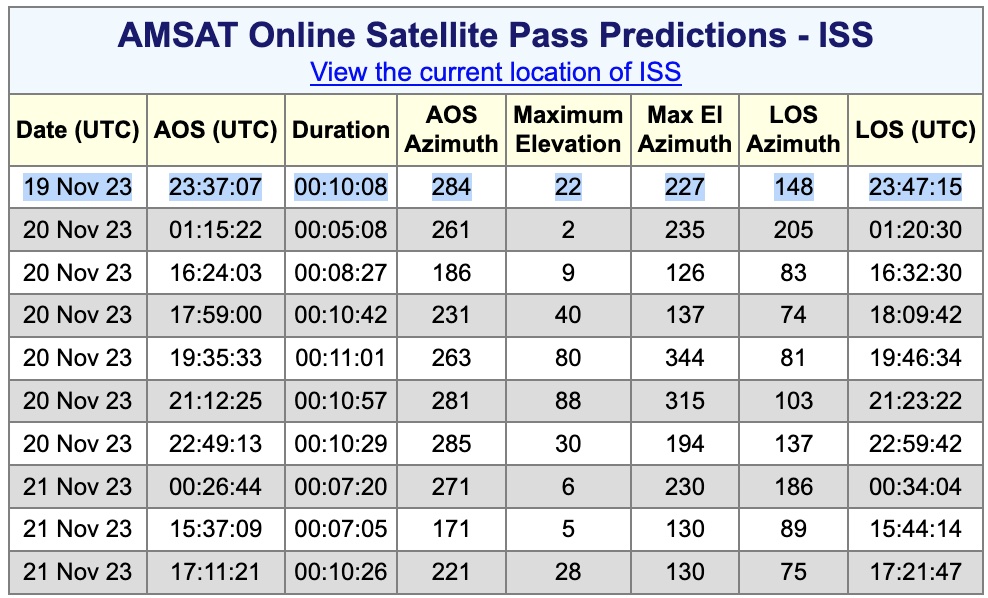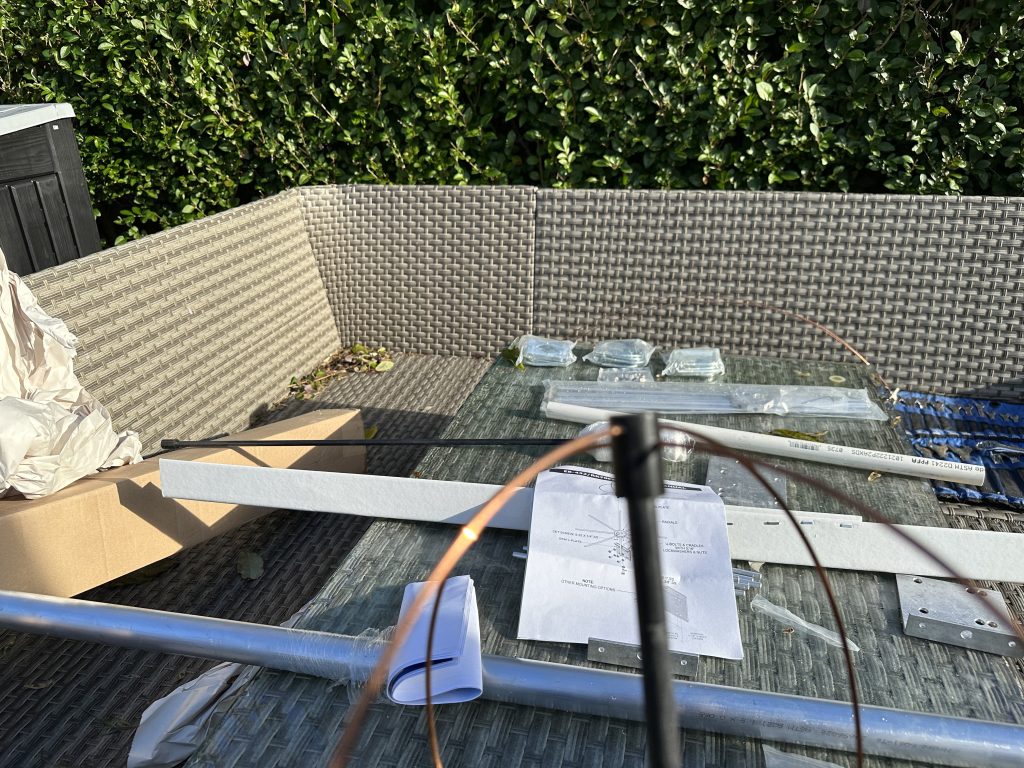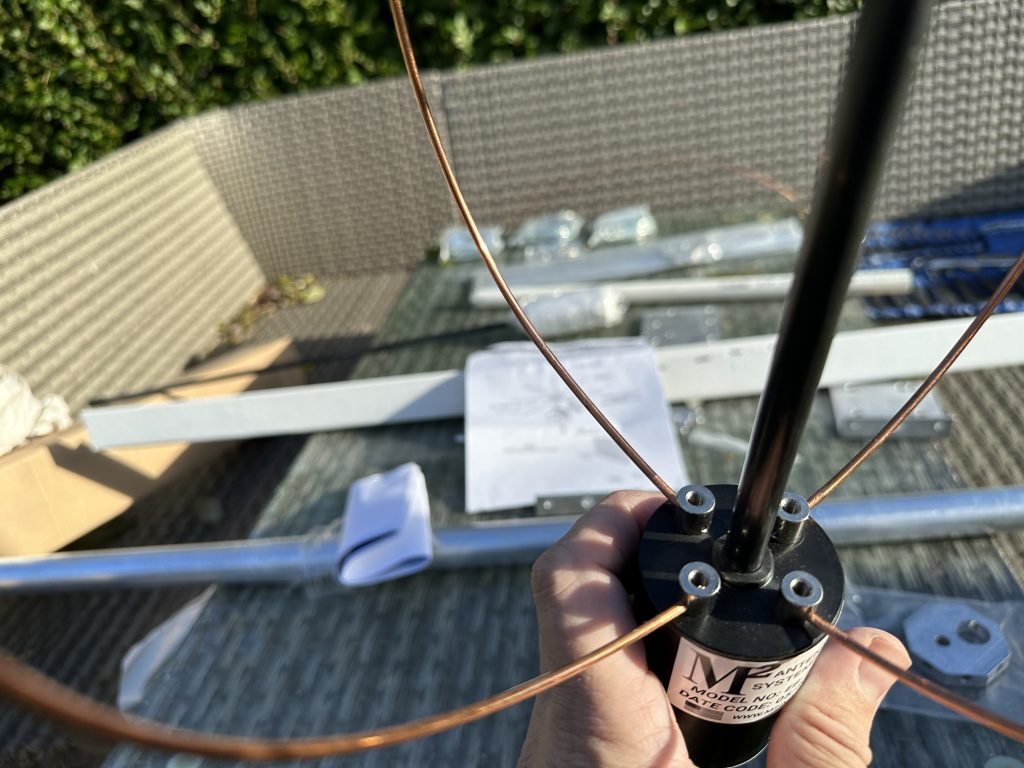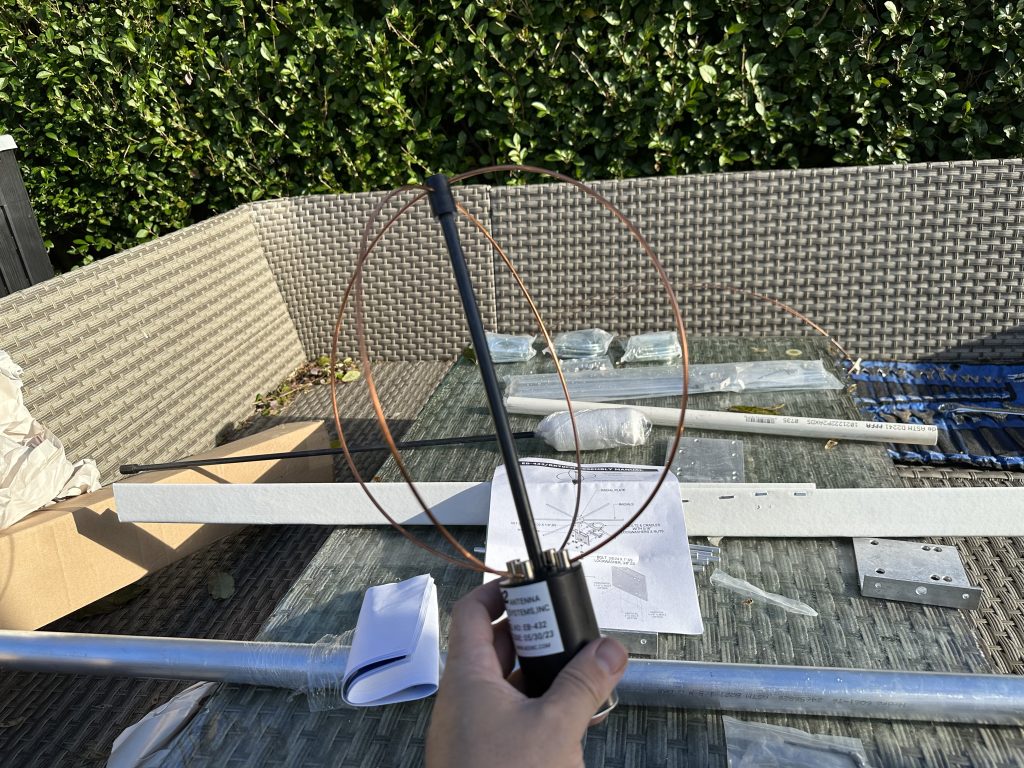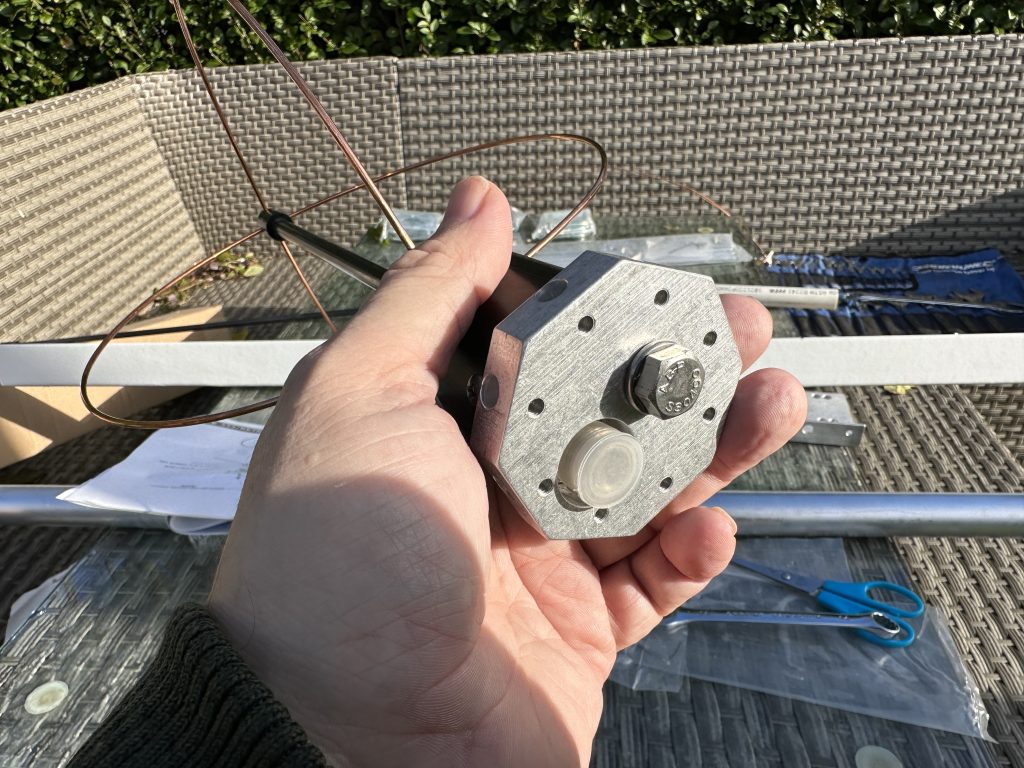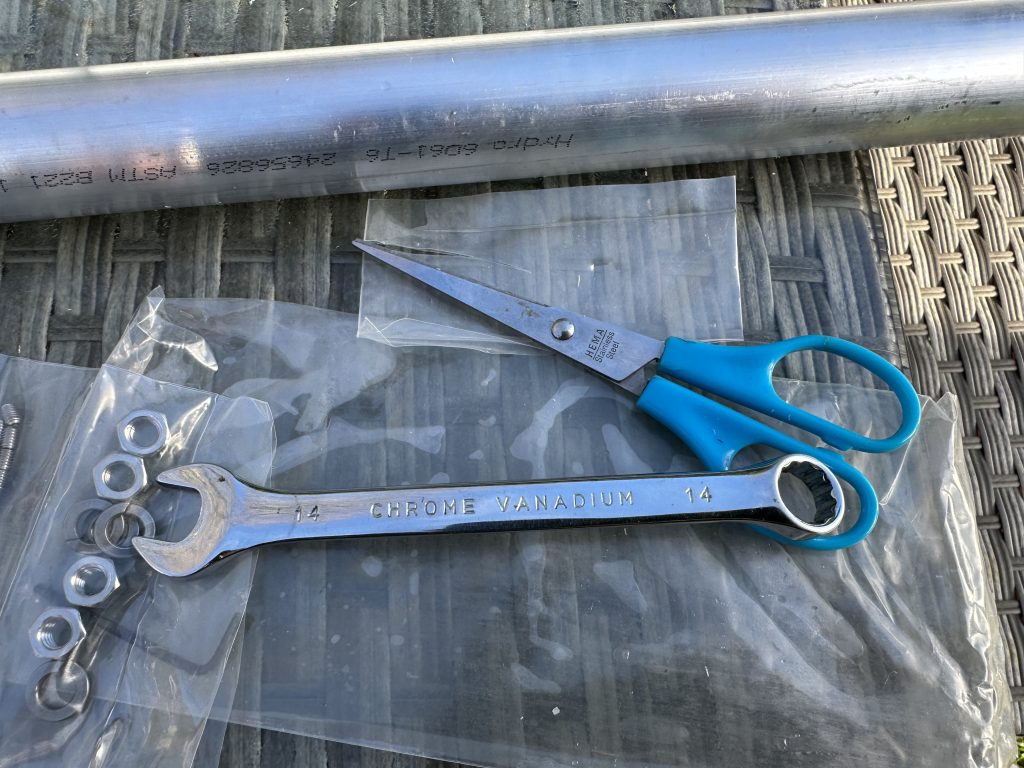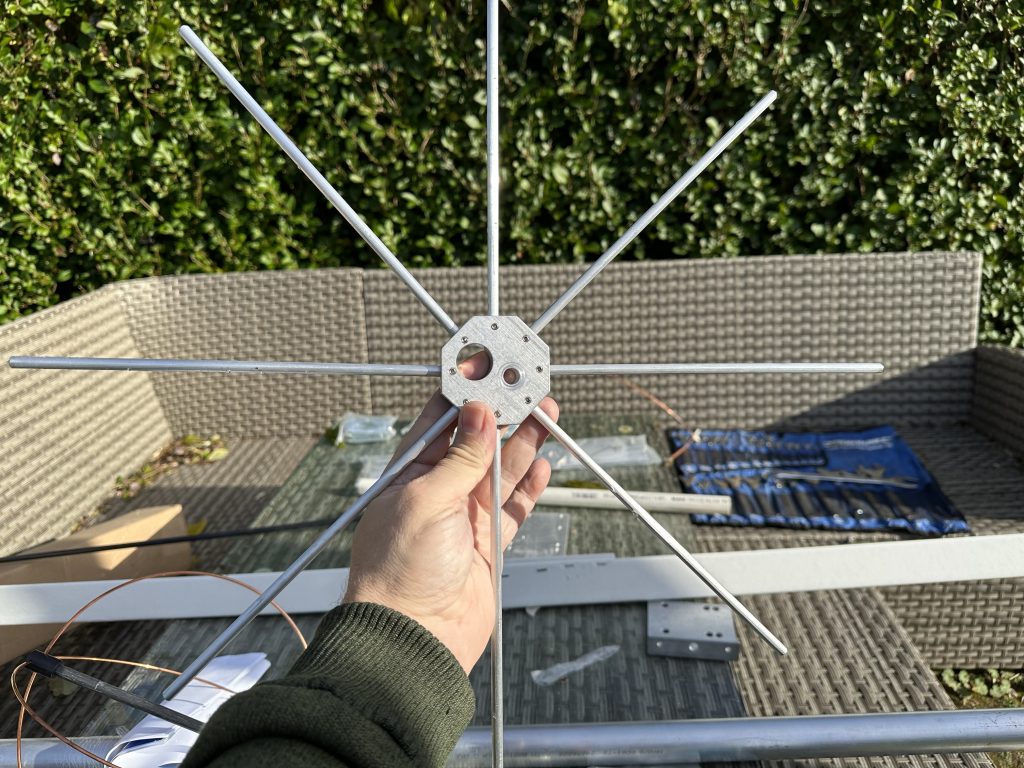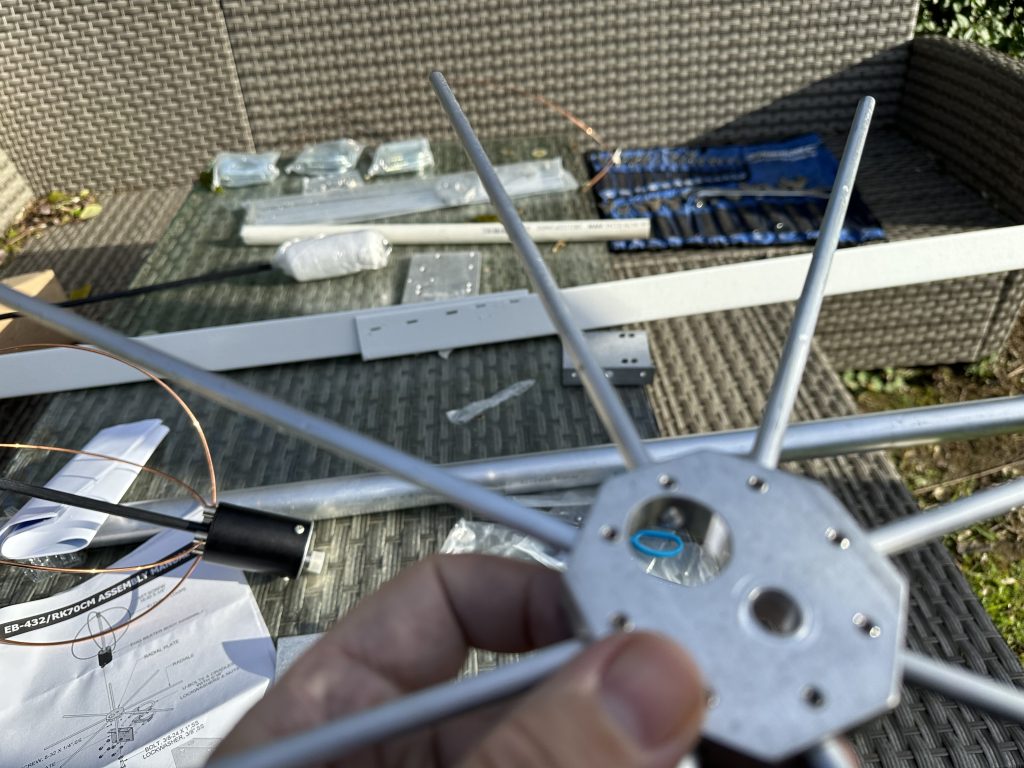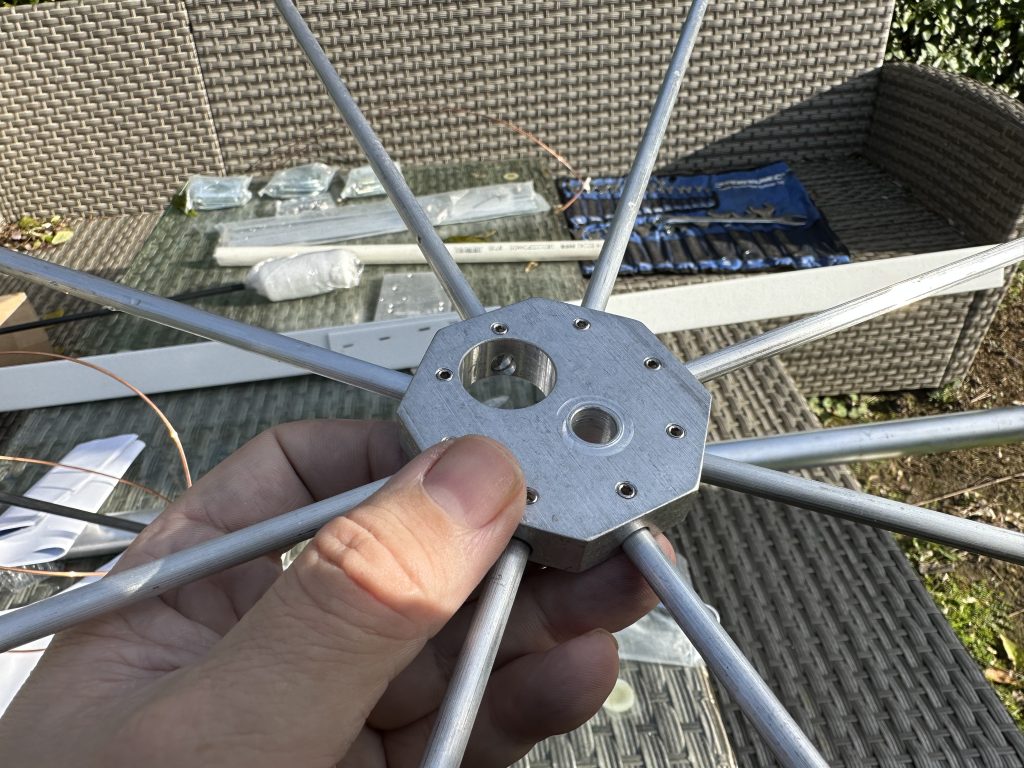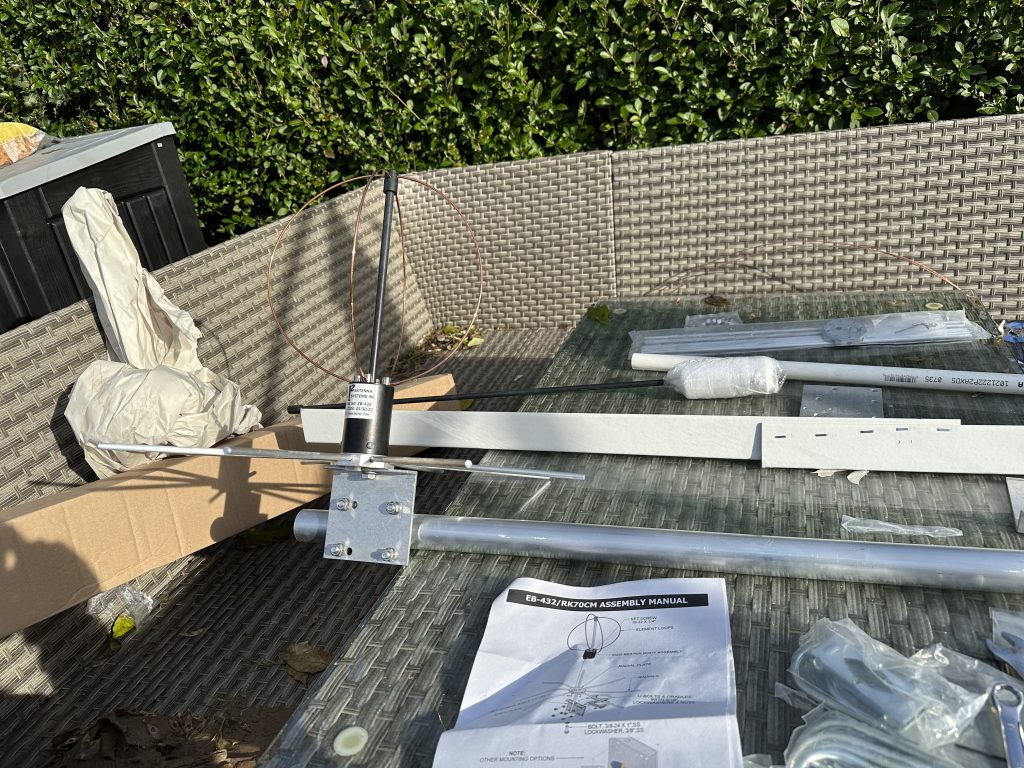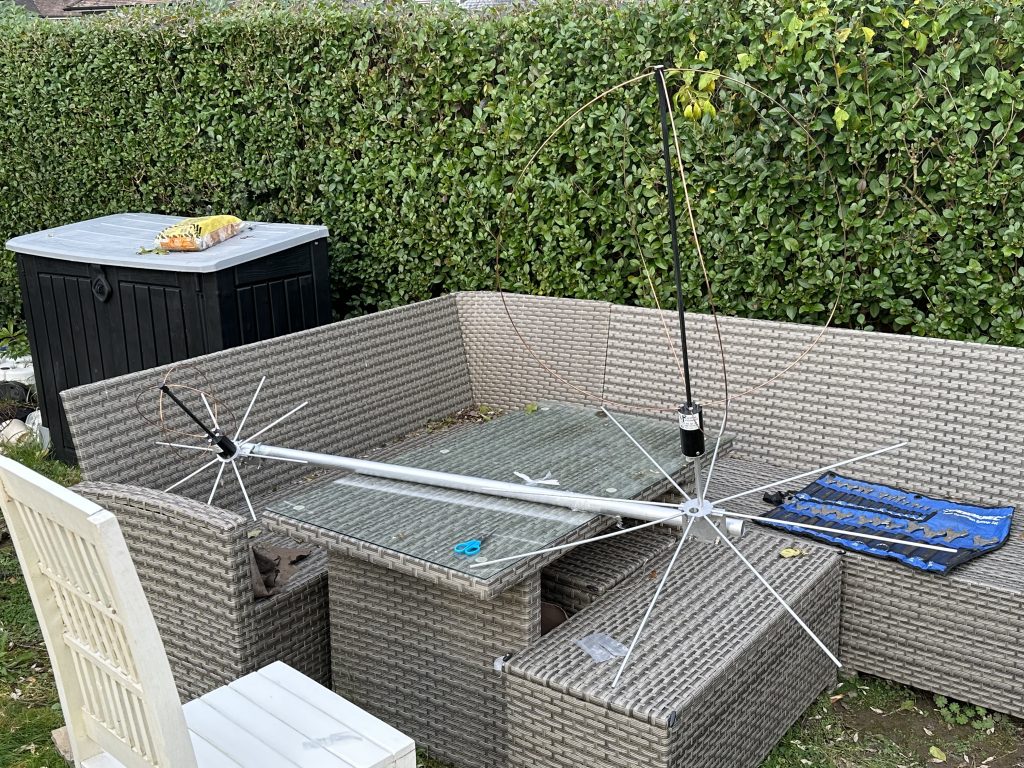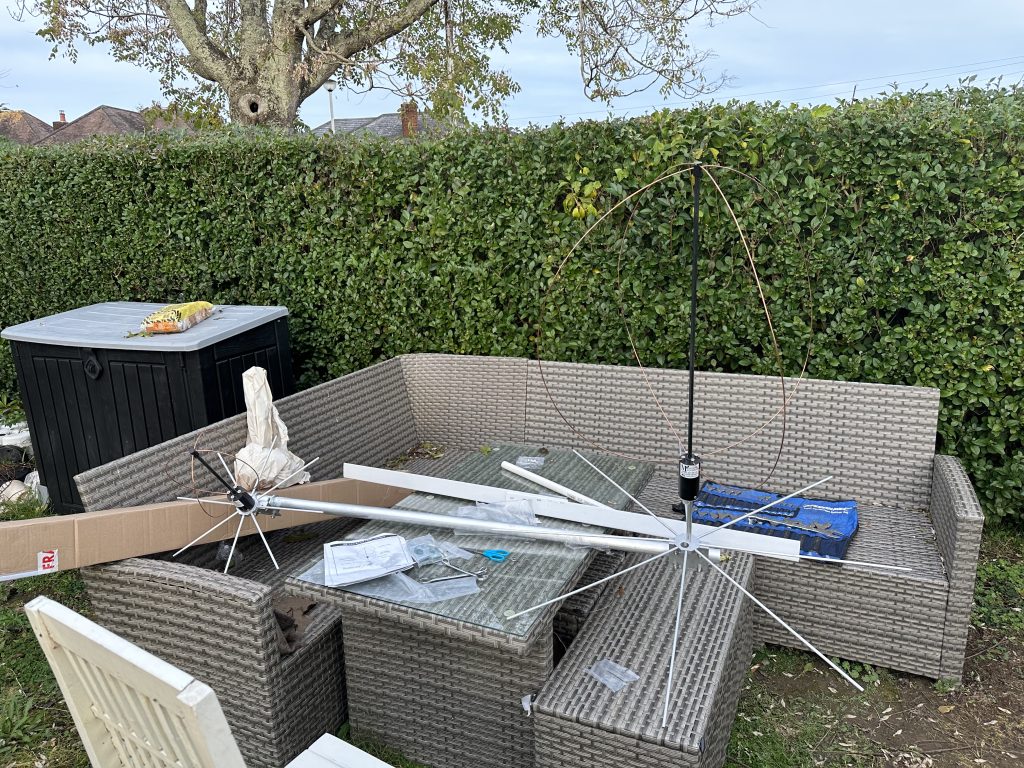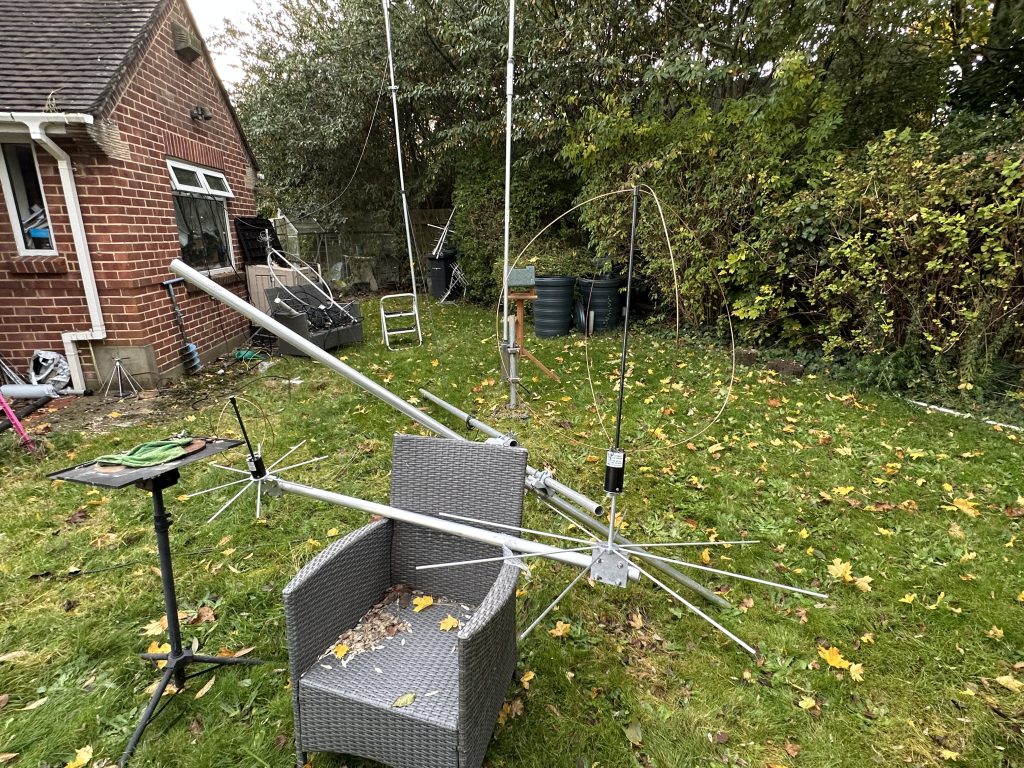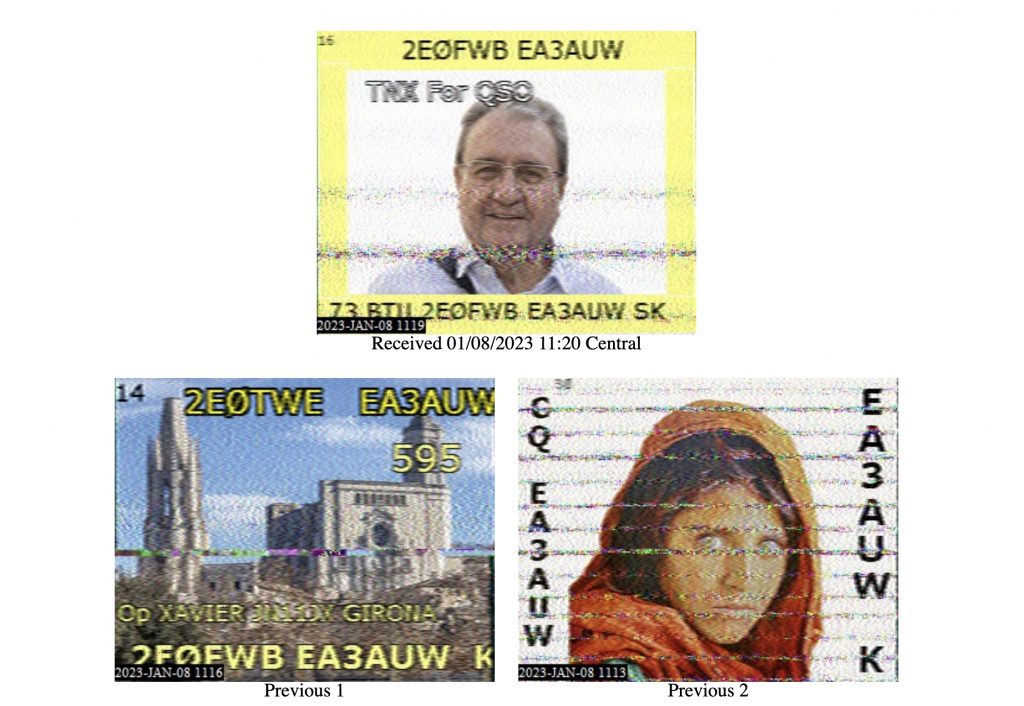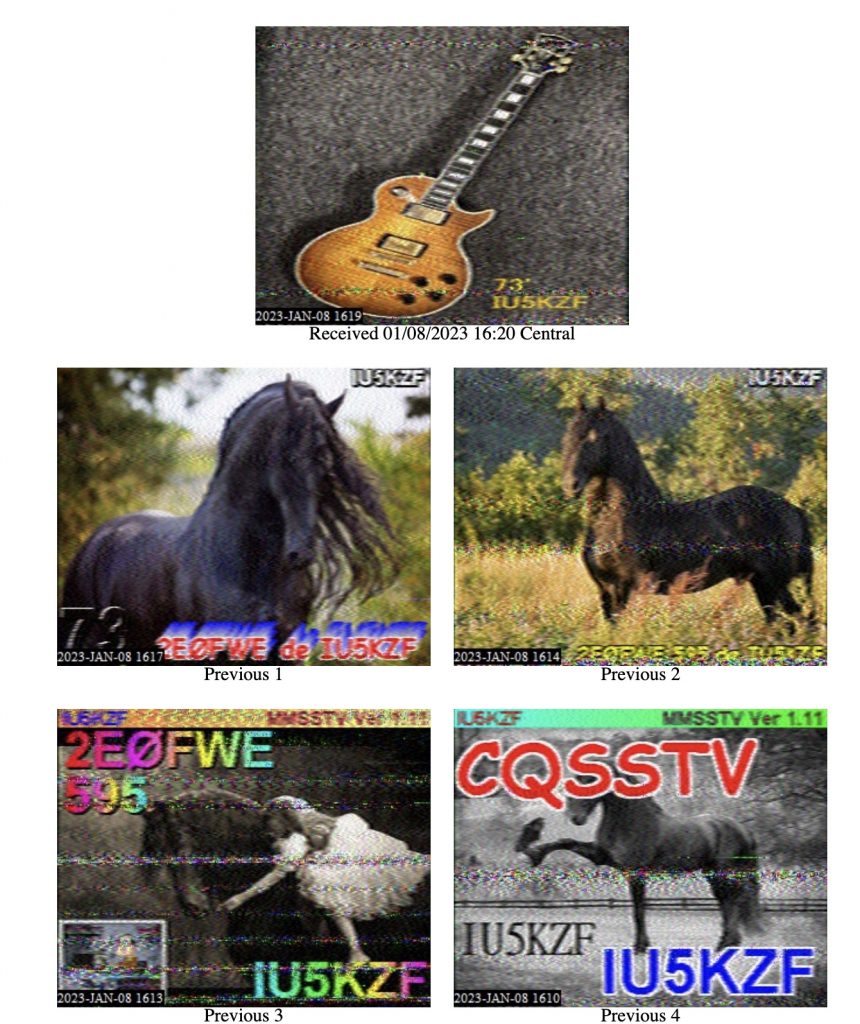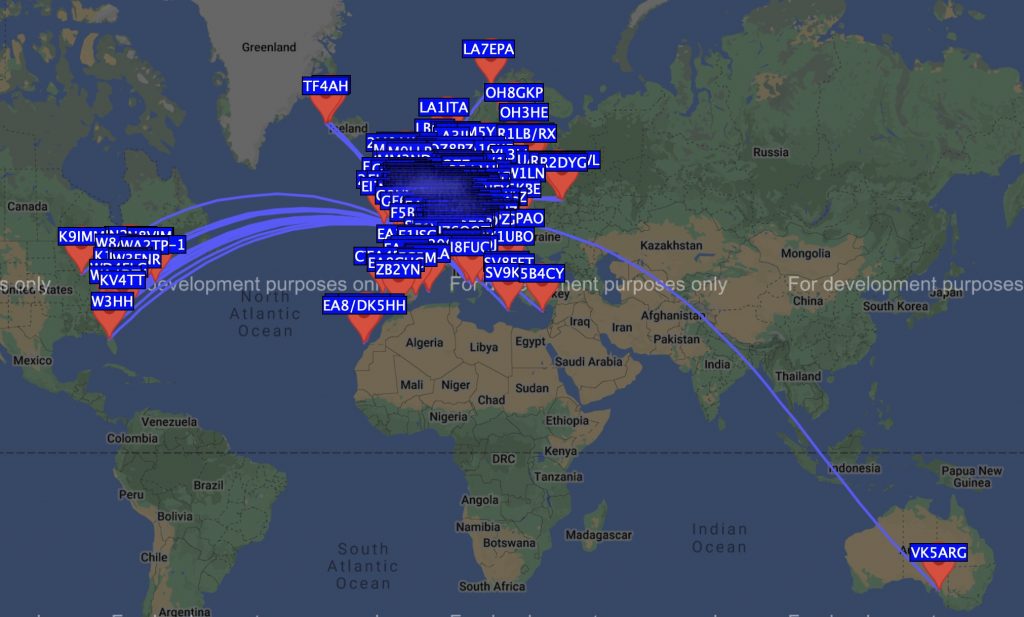Firstly Merry Christmas ! Its a relaxing day here and not the usual busyness for a Monday! Having an extra two days for the weekend has been really nice, I’ve done loads of other stuff and also playing with IC-9700 with the satellities, or attempting to, would be more accurate 🙂
So far I’ve heard zilch, as in nothing, not a tweet from a ‘bird’ I looked up Amsat’s tracking of sats other had heard, so would be confident that I should be able to hear them too, alas to no avail. I then tried FT8 on 2M, I was getting out just fine with the eggbeaters, but not hearing a thing, I did notice some very high peaks of QRM on the WSJT-X ‘scope’, so my first step was to move the antennas further from the house and a better line of sight of the sky to the horizion, which accomplished, well, nothing.
I then tried SSTV via a my hand held units into the IC9700 and MMSTV, this worked fine, so the 2M antenna was at least receiving and transmitting. I went to 70cm and found a clear frequncy and gave the same SSTV test, this worked fine… so what was going on ? Ok simple test, lets swap antennas between the Diamon X3000 which goes into the Kenwood, put that onto the 9700. Again,
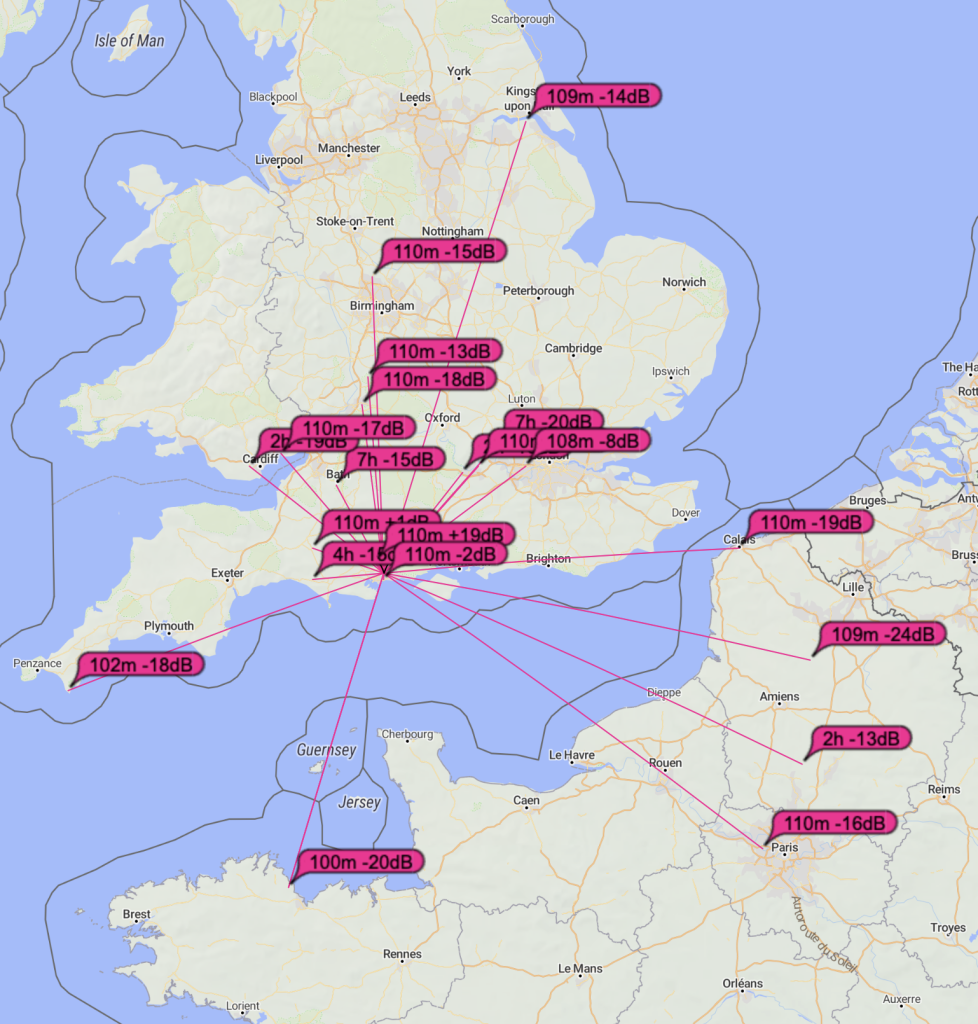
No problem getting out with FT8 and no problem on SSTV. I tried WSPR with 5 watts on all three antennas, the egg beater 2M worked fine.

I then checked thru the IC9700 settings, all good there and used the manual ATT/P.AMP switch on the front of the radio it self, what I noticed was that the internal preamp did increase the signal, but with the external pre-amp there seemed no increase in performance.
What I suspect is happening is that my mast-head pre-amp is designed for a single feed of coax into it, then into a single verticle antenna, where as I have splitters each end for taking the coax and seperating out the 2M and 70cm bands. By the reckoning I can hear local 2m fine (including MB7IPD) on the egg beater, I suspect that the 70cm RX is doing nothing, although the antennas resonent for TX, I think the multiplexer and multiband masthead are not working together correctly.
As its getting dark now, and have the luxury of another day off tomorrow, I will research which sat’s are most common and which band the RX is the most common, then I will setup a single feed for that antenna into the mast-head amp, and run two feeds from the egg beaters, then I should be able to find out if its the egg-beaters/coax/multiplexer causing the lack of ‘ears’.
Until then, 73’s
2E0FWE

